When it comes to the great names in motoring, there’s just a handful that can truly take place on the pantheon of legends.
There’s the prestigious Ferrari nameplate that anyone on the planet recognises, the symbol of Americana in the Ford Mustang and the immediate impression of luxury that comes after hearing ‘Mercedes-Benz’.
Up among the best though is a real beast from the east. Think four circular taillights, fire-breathing straight-six engines and supercar-scaring performance. If you hadn’t guessed it, or haven’t read the headline, we are, of course, talking about the Nissan GT-R.
‘Godzilla’ (as the model is now affectionally called) is celebrating 50 years since its inception. Though now it’s seen as a big, brash sports car — its origins are rather humbler. Let’s take a look at where it came from.
1969 — the birth of an icon

A little-known fact about the Nissan Skyline is that it was once, and to this day remains, very much a humble family saloon car. Originally conceived in 1957 as the Prince Skyline before the firm merged with Nissan in 1966, the car was in its third generation by 1969.
At the time, Nissan was finding moderate success on the racetrack with its R380 sports car racer, and wanted to showcase some of this motorsport pedigree in its road-going machines. Thus, the Skyline 2000 GT-R was born.
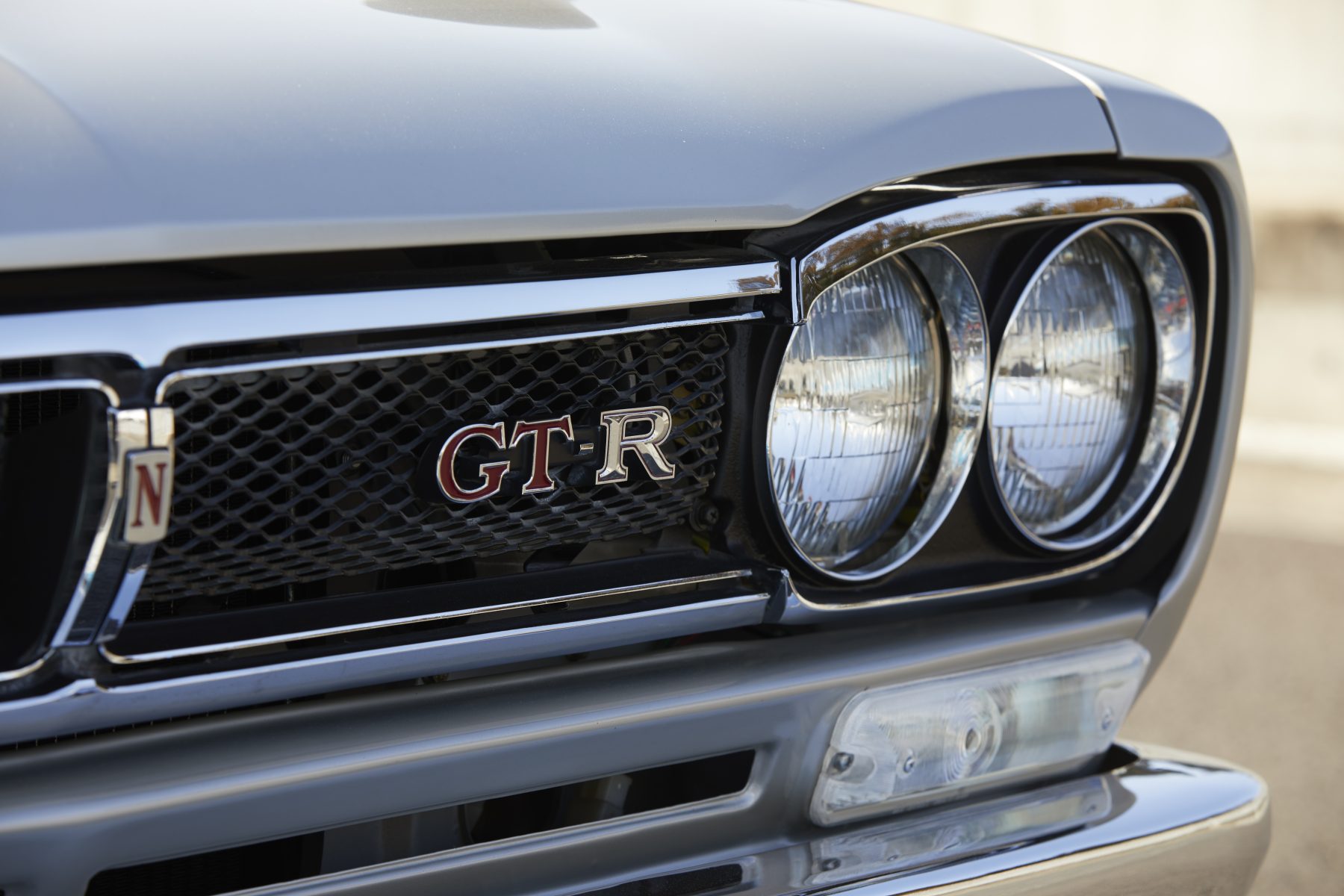
Sitting underneath its sleek bodywork was a 2.0-litre inline-six engine, sending 160bhp to the rear wheels via a five-speed gearbox. It was pretty spartan in its approach to performance — with a basic interior compromising of little more than bucket seats and a three-spoke steering wheel, though the addition of a limited-slip differential and disc brakes up front put it, mechanically speaking, at the cutting edge for its time.
Just 1,945 examples of the ‘Hakosuka’ Skyline (the nickname taken from the Japanese word ‘hako’ for box, and ‘suka’ — used as an abbreviation of Skyline) were produced between 1969 and 1972 — though popularity led to a successor…
1973 — a difficult second album

Though the Skyline 2000 GT-R had previously been sold as both a saloon and coupe, the second-generation model moved exclusively to a two-door style when it arrived in 1973. Though using the same ‘S20’ six-cylinder engine and five-speed gearbox, the car was enhanced with all-round disc brakes, a sophisticated semi-trailing ring arm setup and improved aerodynamic additions.
The ‘Kenmeri’ Skyline — later applied to the car after a popular advert for the car involving two young characters named Ken and Mary — improved on the ‘Hakosuka’ in every way except for the crucial one. Sales.
With an oil crisis hitting the globe, the second 2000 GT-R never took off — resulting in just a year of production, and 197 units produced. It would mark the start of a 16-year absence for the GT-R.
1989 — awakening a sleeping giant
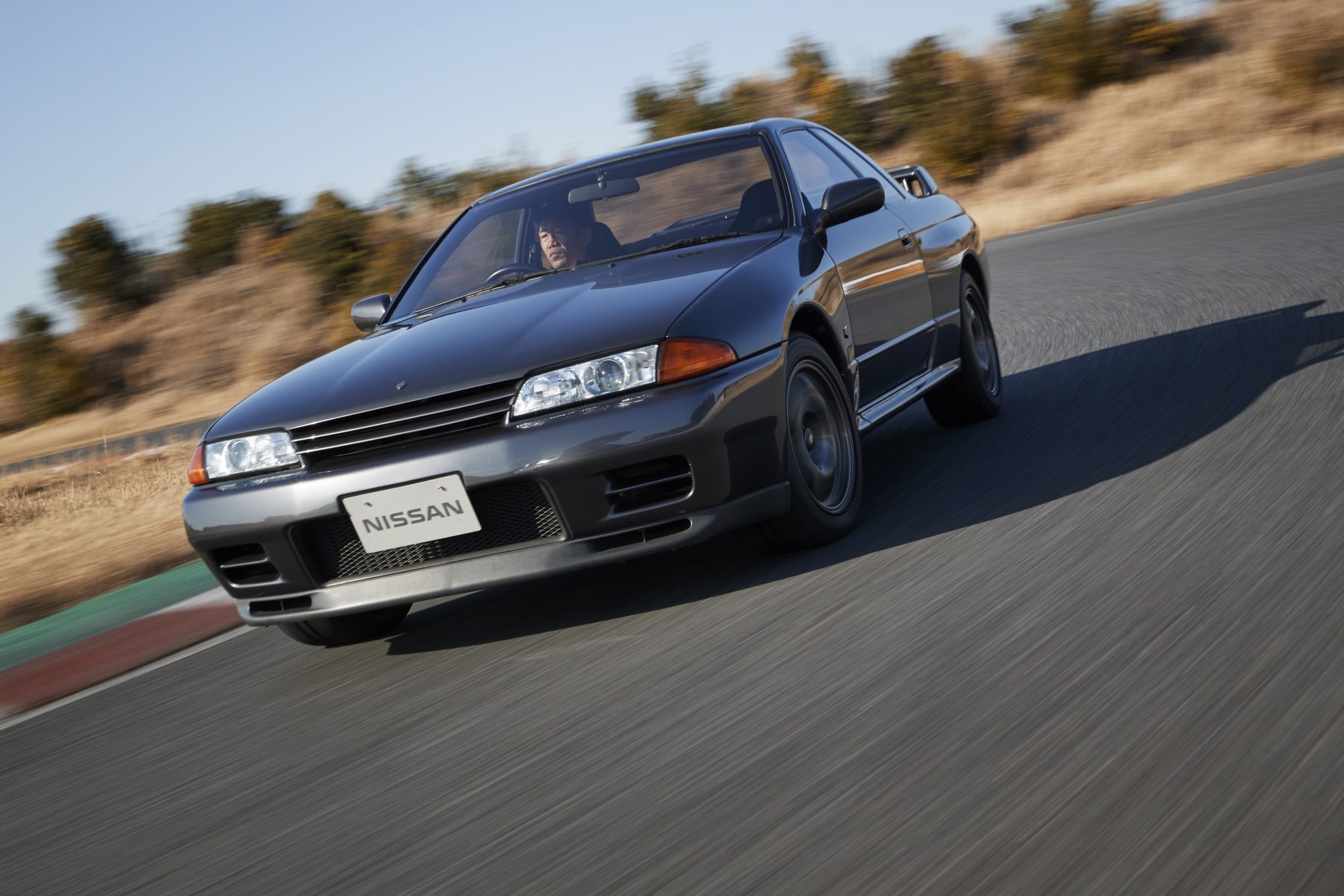
By 1989, Nissan was struggling on the race track. Its Group A Skyline GTS-R racer was uncompetitive in its class, with the likes of BMW’s E30 M3 and Ford’s Sierra RS500 dominating the global stage. The Japanese firm wanted to be back on top, but it was clear its current, and ageing, racer wouldn’t be the one to make that happen.
It went to the drawing board with the mindset of producing a car that could dominate Group A racing — but nobody surely could’ve predicted what was to come.
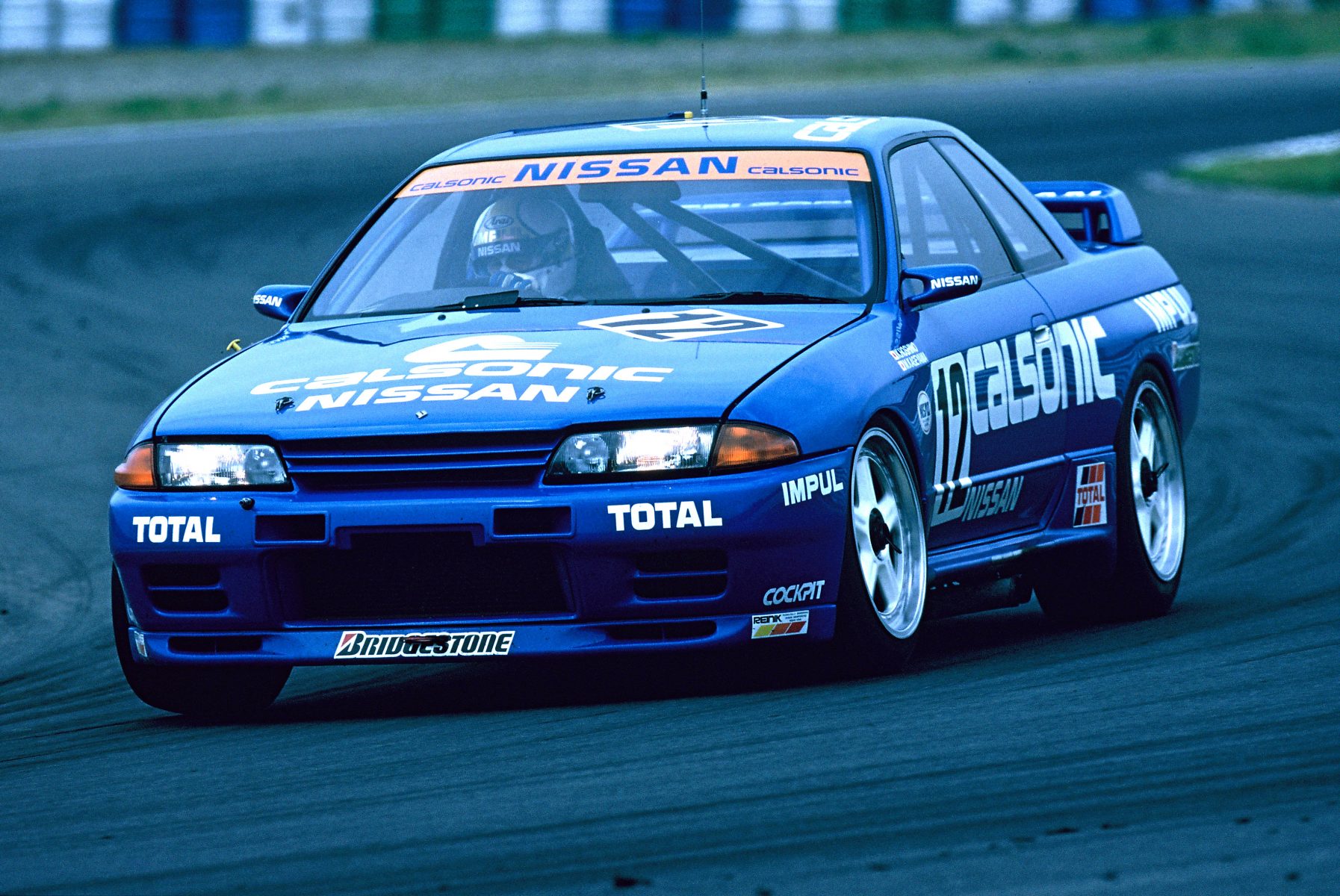
The R32 Skyline was born, and sitting at the very top of the bunch was the return of the GT-R. While its predecessors were famed for their spartan approach, it was the incredible levels of technology the R32 packed that would ultimately shoot it to fame.
Under the bonnet sat the legendary RB26 — a 2.6-litre, twin-turbocharged straight-six engine, sending its power via an incredibly trick all-wheel-drive setup. The slickly-named ATTESA ET-S system was the most sophisticated of its kind at the time, designed specifically for motorsport use.
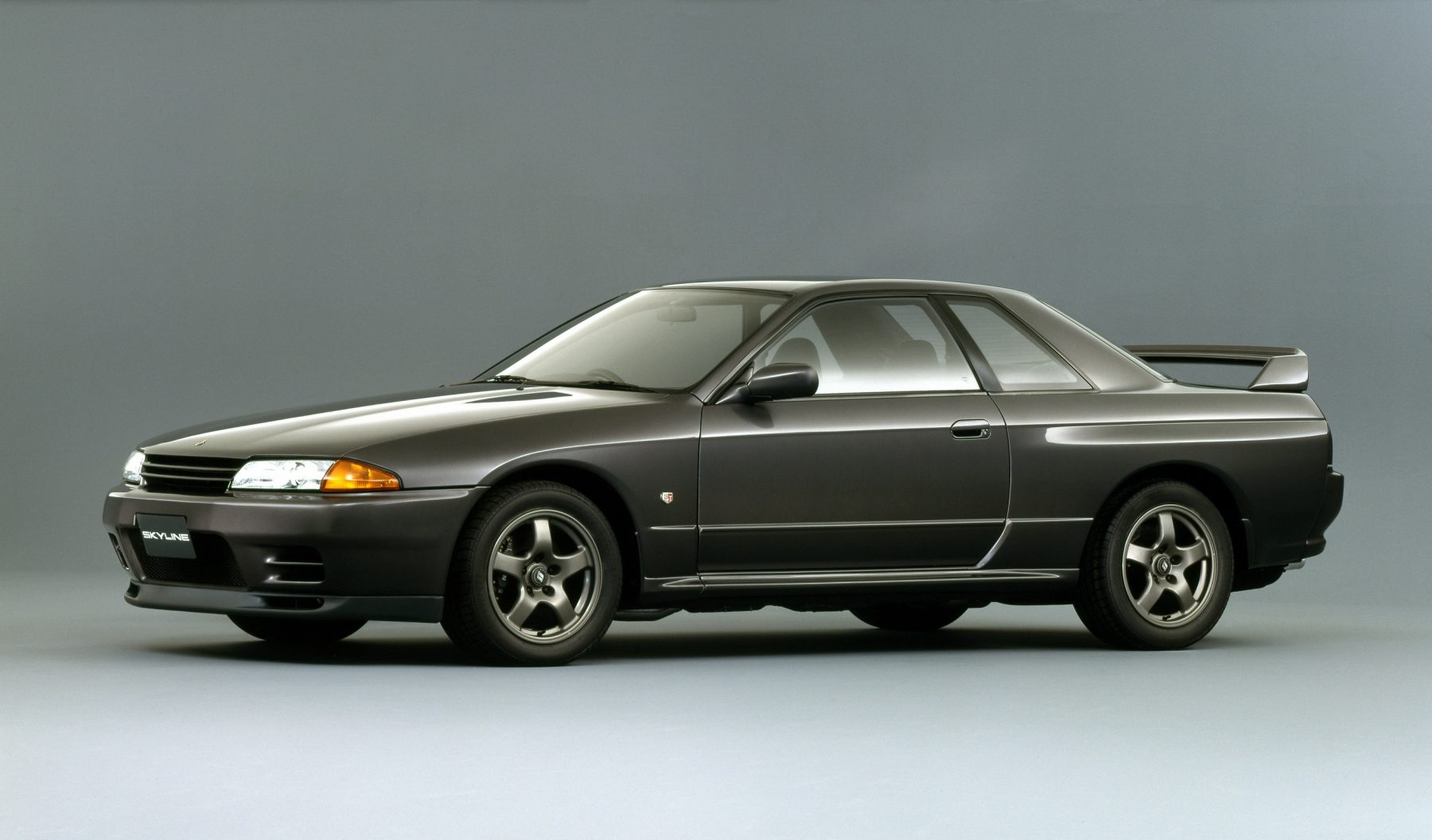
Though it added weight, unbelievable levels of traction allowed the racing version of the car to effortlessly dump in excess of 600bhp to the tarmac below it — allowing it to obliterate the competition. It won all 29 races of the 1989 Japanese Touring Car Championship and held the title from that year right up to 1993 — while making its name on the global stage thanks to consecutive Bathurst 1,000Km wins in Australia in 1991 and 1992, plus victory at the 1991 Spa 24 Hours. It’s this racing success that led to it gaining the nickname ‘Godzilla’.
The road car was no slouch either. It had the same tech as the racer, although power was officially rated at 276bhp as a result of a gentleman’s agreement in Japan that saw manufacturers limit performance to this at maximum — though, in reality, it produced in excess of 300bhp. With countless variations and special editions, the R32 GT-R had well and truly announced the return of a legend — and over 40,000 examples had sold by the time production came to a halt in 1994.
1995 — hitting new heights
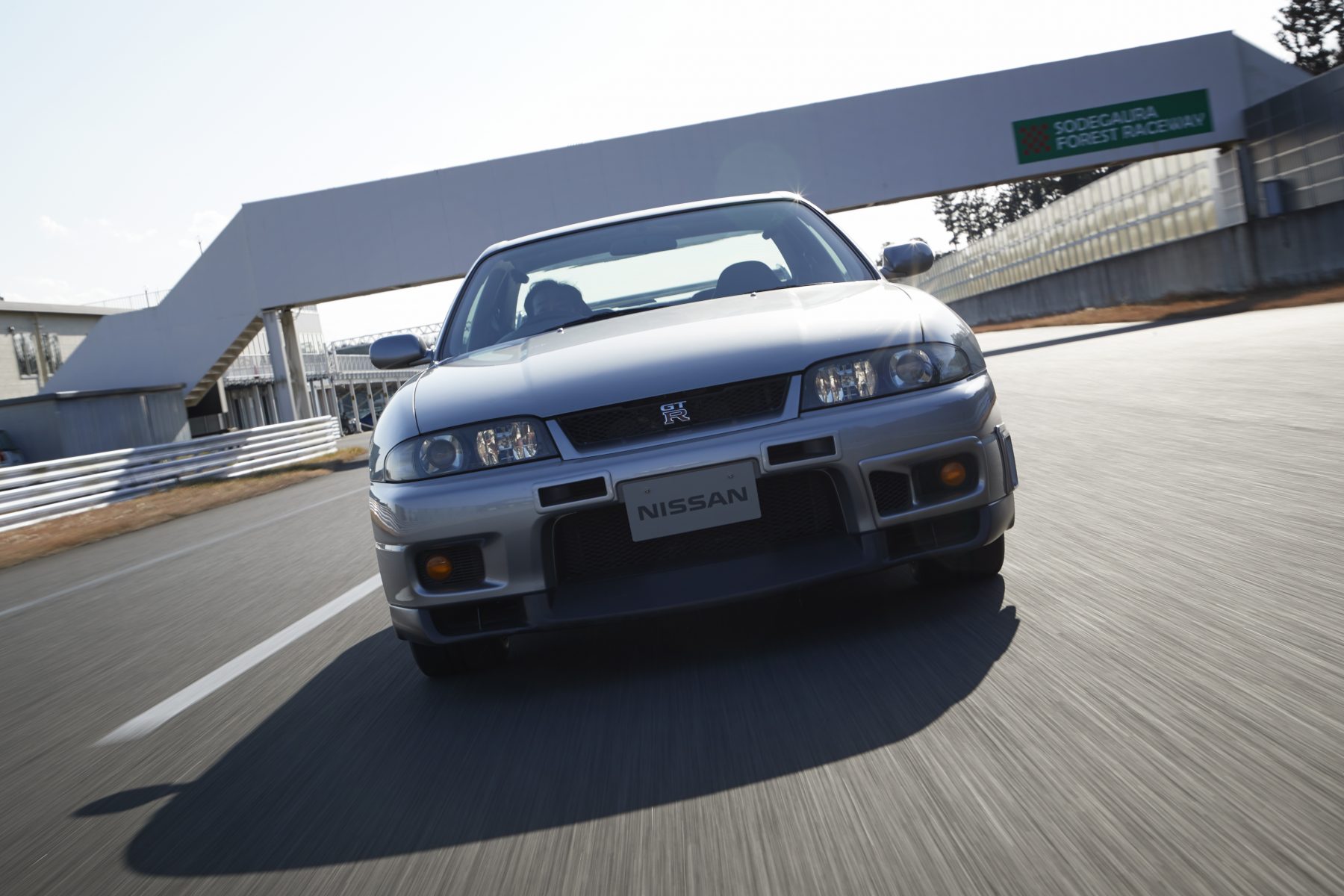
Though the R32 had re-established an icon, it was beginning to age and Group A racing had just come to an end — resulting in an end to the GT-R’s dominance on the track.
The success of the production model meant Nissan was keen for a replacement though, resulting in the R33. It may have taken on a radically-different look – growing in size and having notably more aggressive aero — but under the skin, things were pretty similar.
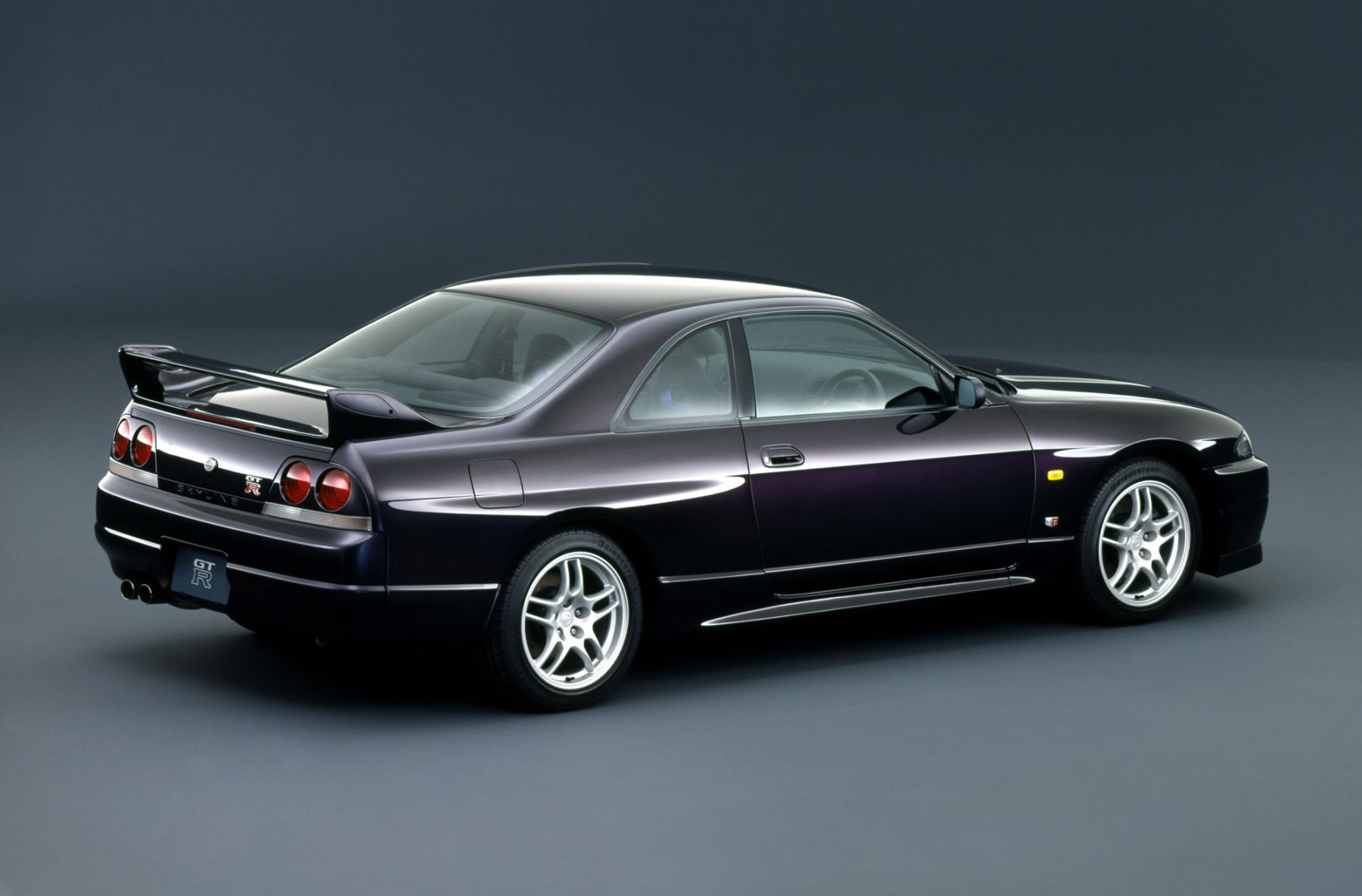
Its RB26 engine carried over practically unchanged — save for a strengthened oil pump drive collar — and the ATTESA ET-S system was here yet again, though with the addition of an active limited slip differential on V-Spec units.
The result was a car that was again monumental to drive at the limit — but in the eyes of many, it wasn’t enough improvement over the R32. Many lambasted it for its extra 100kg of weight without a real boost in power, resulting in the car being somewhat unloved in comparison.
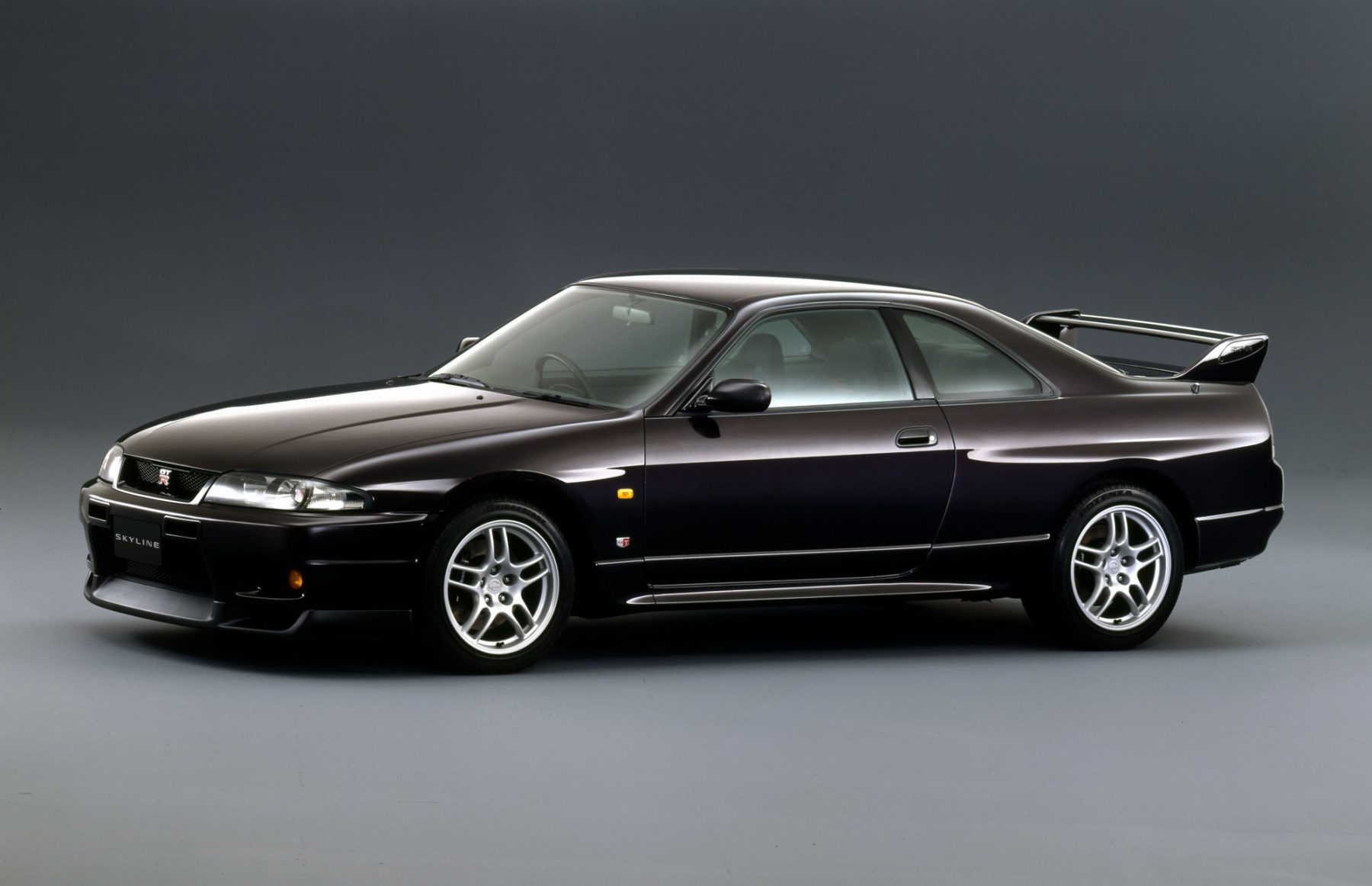
Nissan wanted to enter Le Mans with the R33 and to do it needed to homologate a race car for entry. So, it did exactly that with the GT-R LM — and we mean ¬¬a, with only one built. This single rear-driven machine is now hidden away in a warehouse in Japan owned by the firm and boasts a race car-esque bodykit.
By now, the GT-R had risen from being a Japanese-special to reaching global fame — resulting in the R33 becoming the first of the breed to be officially imported to the UK, albeit in very limited numbers. That said, the nameplate was about to reach arguably its most iconic phase…
1999 — fast, furious, and heading for greatness
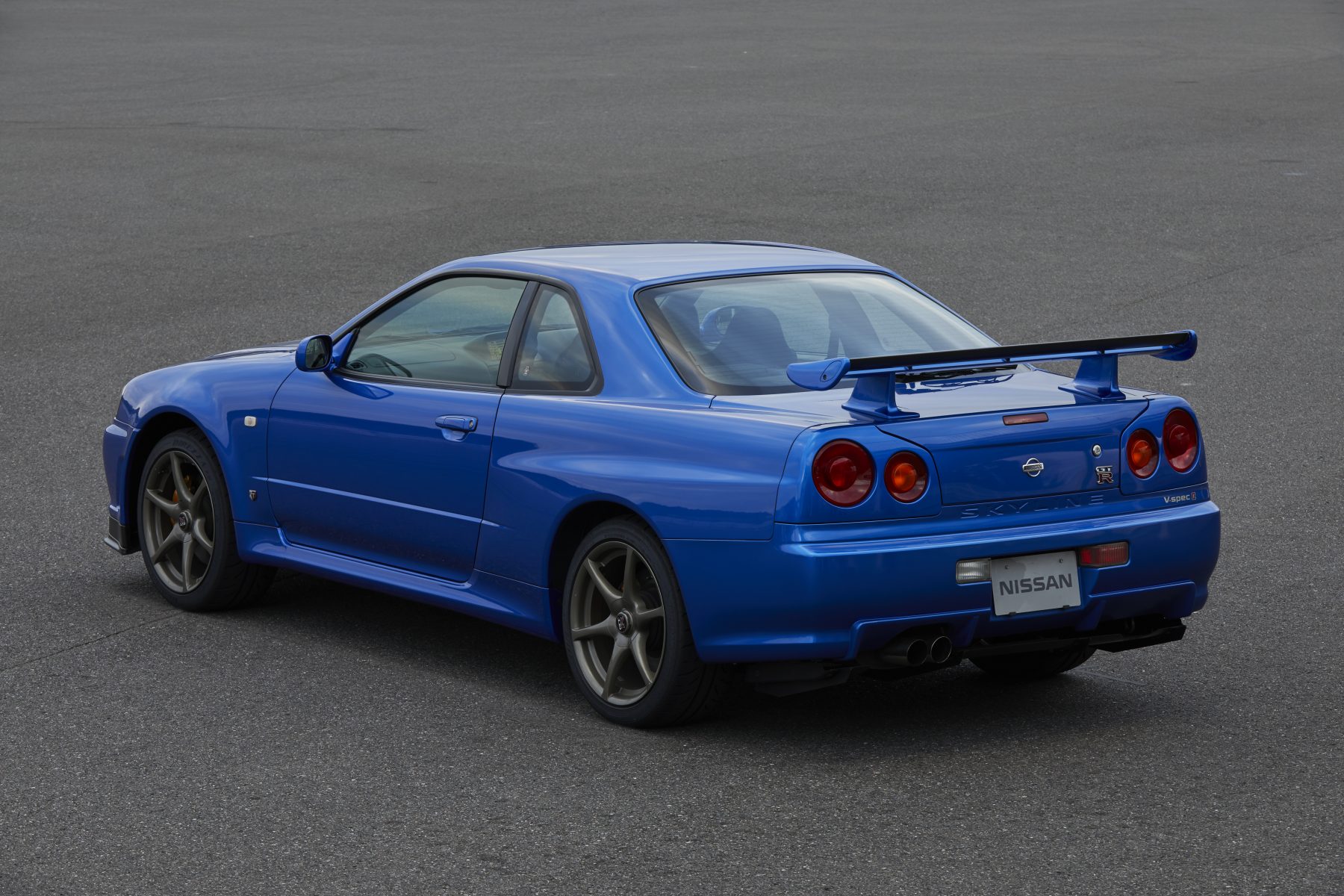
For a certain generation of car enthusiasts, there are two things that have likely played a role in their petrolhead status — PlayStation classic ¬¬Gran Turismo¬ and the blockbuster film series The Fast and The Furious¬.
Though the two are remarkably different — one claiming to be ‘The Real Driving Simulator’ and the other shamelessly an over-the-top action film series — they both have one big thing in common. The iconic Nissan Skyline R34 GT-R.
This was the Skyline GT-R in its ultimate form. The RB26 engine had been refined and tweaked to its peak point — officially still producing 276bhp, though realistically that output was a lot closer to 400bhp than 300bhp. Furthermore, the ATTESA E-TS system had been perfected, and in ultra-desirable V-Spec form had an ultra-grippy Pro system.
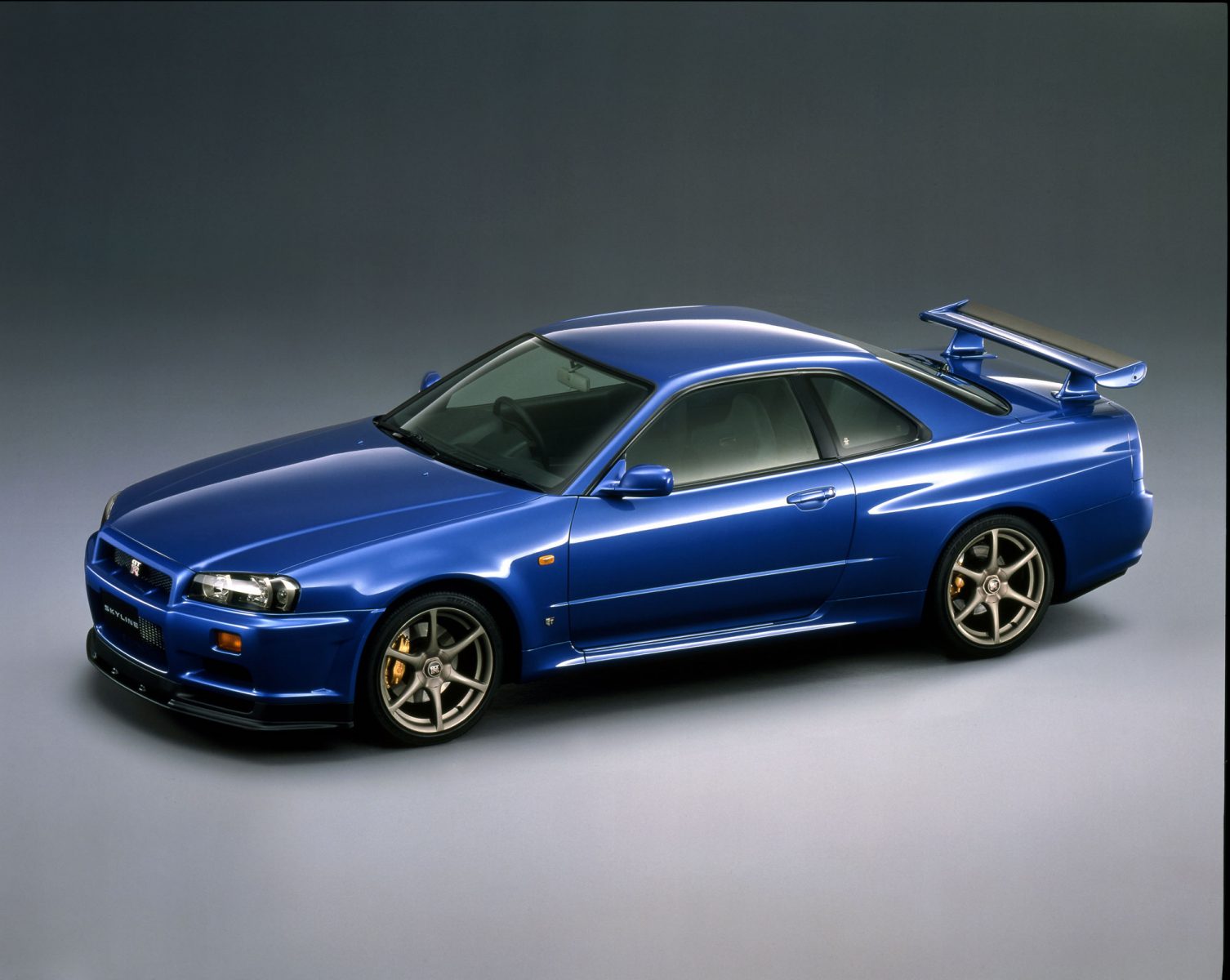
Though special on its own, it was its appearance in Gran Turismo 2 and 2 Fast 2 Furious that shot the powerhouse to global legendary status. In the PlayStation game, it was a cheap, powerful base for players to obtain early on before fitting with an array of go-faster bits to dominate almost everything else in the game. As for the film, it was the ride of choice for undercover cop Brian O’Connor, played by the late Paul Walker, for the iconic opening race — seeing O’Connor take victory in the silver and blue, nitrous injected beast, but not without jumping across an opening drawbridge in the process.
These two platforms paved the way for many a young enthusiast, and with the R34 at the helm of both, it’s no surprise to see its global admiration today.
Following the R34’s end of production, Nissan made the decision to spin the Skyline name off into a new, luxury-focused model, signalling the end of the GT-R nameplate again. For now…
2007 — the supercar killer
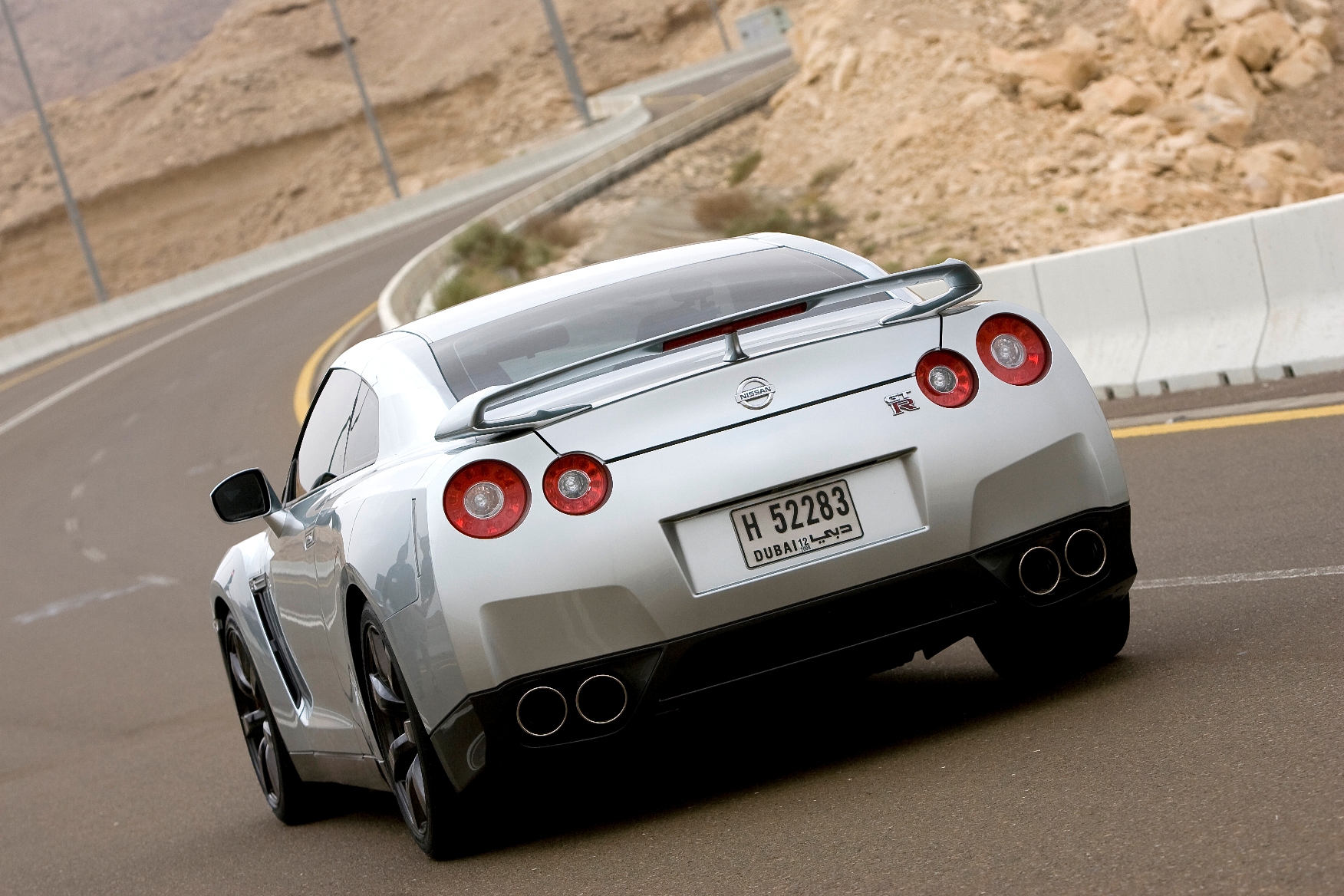
By now, the Japanese sports car bubble had burst. The Subaru Impreza and Mitsubishi Evolution had arguably reached a peak, while the Toyota Supra and Mazda RX-7 had long been dormant. It seemed like the days of screeching, turbocharged monsters from the Far East were over — until Nissan came along again.
In 2007, it unveiled the long-anticipated GT-R, the first of an entirely new model. It was no longer just a Skyline, rather a powerhouse designed to create an all-new legacy — and it did just that.
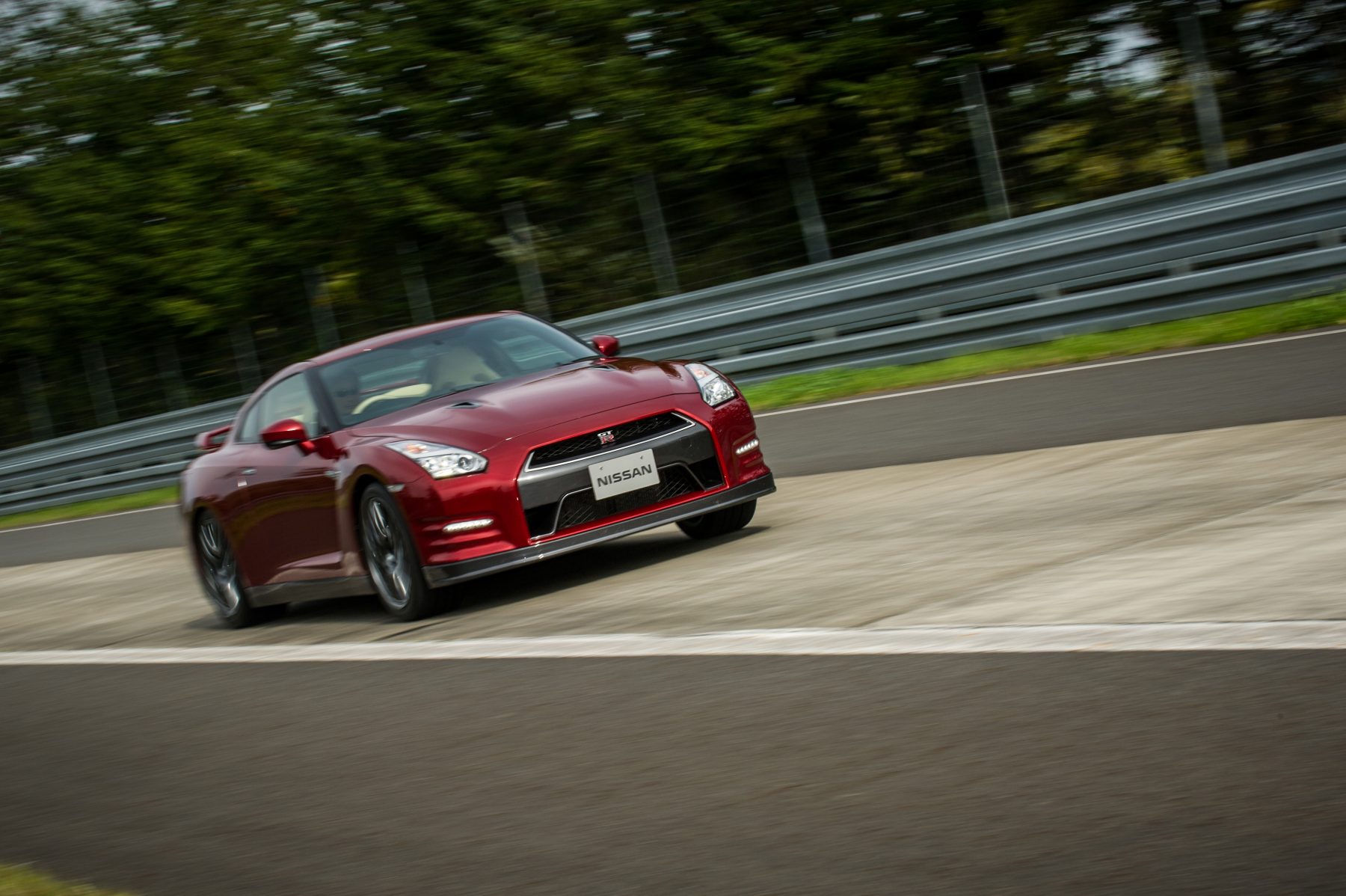
Doing away with the RB26, Nissan utilised a 3.8-litre ‘VR38’ V6 engine, producing 474bhp in its base form now the 276bhp ‘gentleman’s agreement’ had been swept under the rug. It was sent through a hugely advanced version of the Skyline’s ATTESA system. This translated into mind-boggling performance, with a sub-4-second 0-60mph time — though more impressive was its circa. £50k price tag, hugely undercutting the Ferrari F430, Porsche 911 Turbo and Audi R8 of which it was faster than all. Better yet, it was the first GT-R to be sold globally.

This was now a real supercar killer out of the box and quickly gained a reputation in the aftermarket community for its performance potential — with tuners able to take the car well beyond 1,000bhp. Godzilla had returned.
Though the GT-Rs before it saw only a short amount of time in production, the most recent GT-R reached a decade on the market by 2017. It amazingly remains on sale today too, 12 years on from its introduction. Nissan even teamed with Italian design house Italdesign to create a limited-run 50th-anniversary model that features bespoke bodywork on top of the proven R35 running gear.
2019 — a hybrid powerhouse?
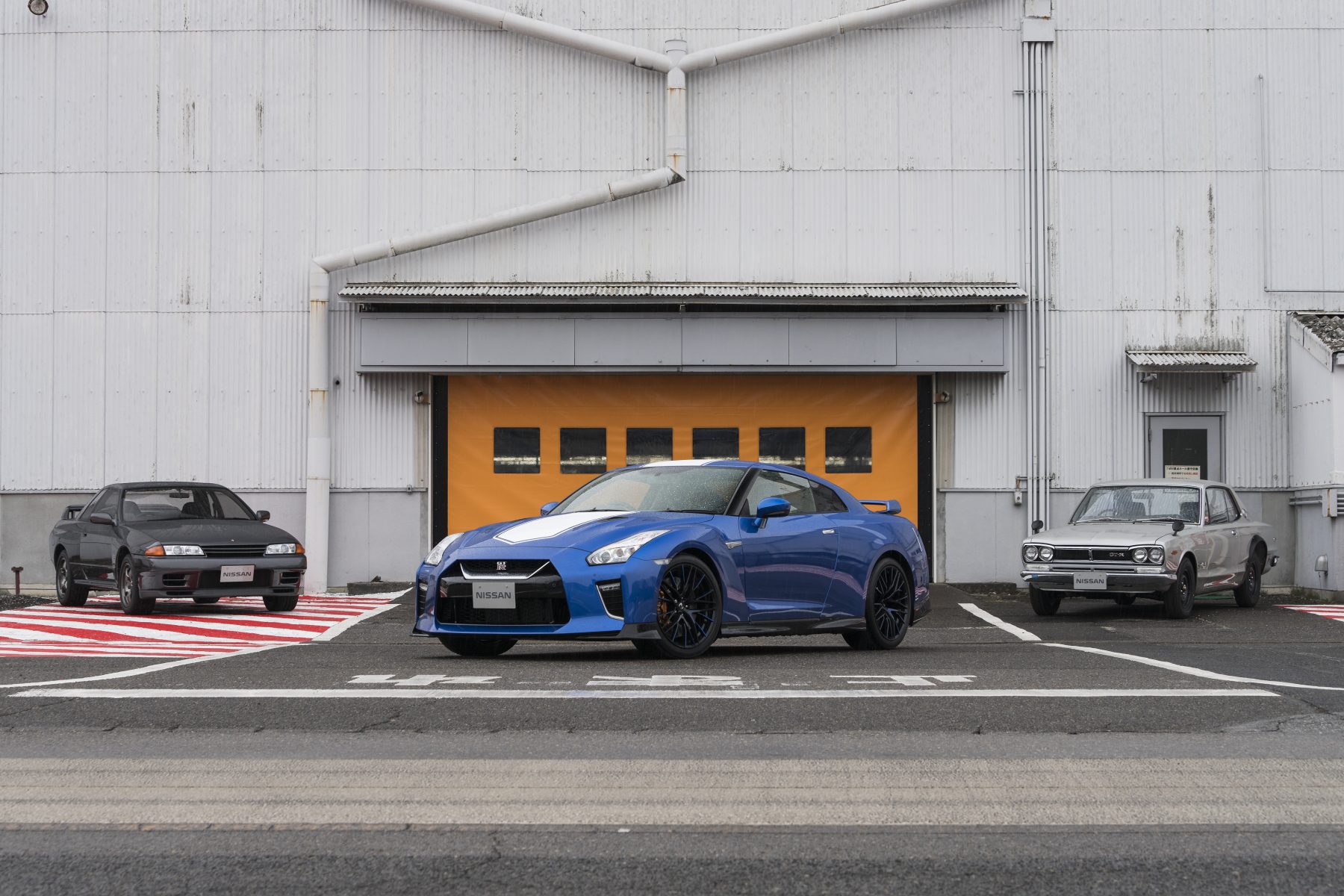
Though the R35’s days don’t quite yet seem to have an end, rumours of a replacement model have begun. Its shoes to fill are without a doubt huge, but Nissan has done it before so it’s hard to argue against it doing it again.
It’s likely hybridisation will play a huge role here, taking performance to a whole new level — hopefully with a trademark straight-six engine to create a real monster on the road and the track. Whatever form it takes, it’s clear the GT-R nameplate isn’t going away anytime soon. Here’s to 50 more years…
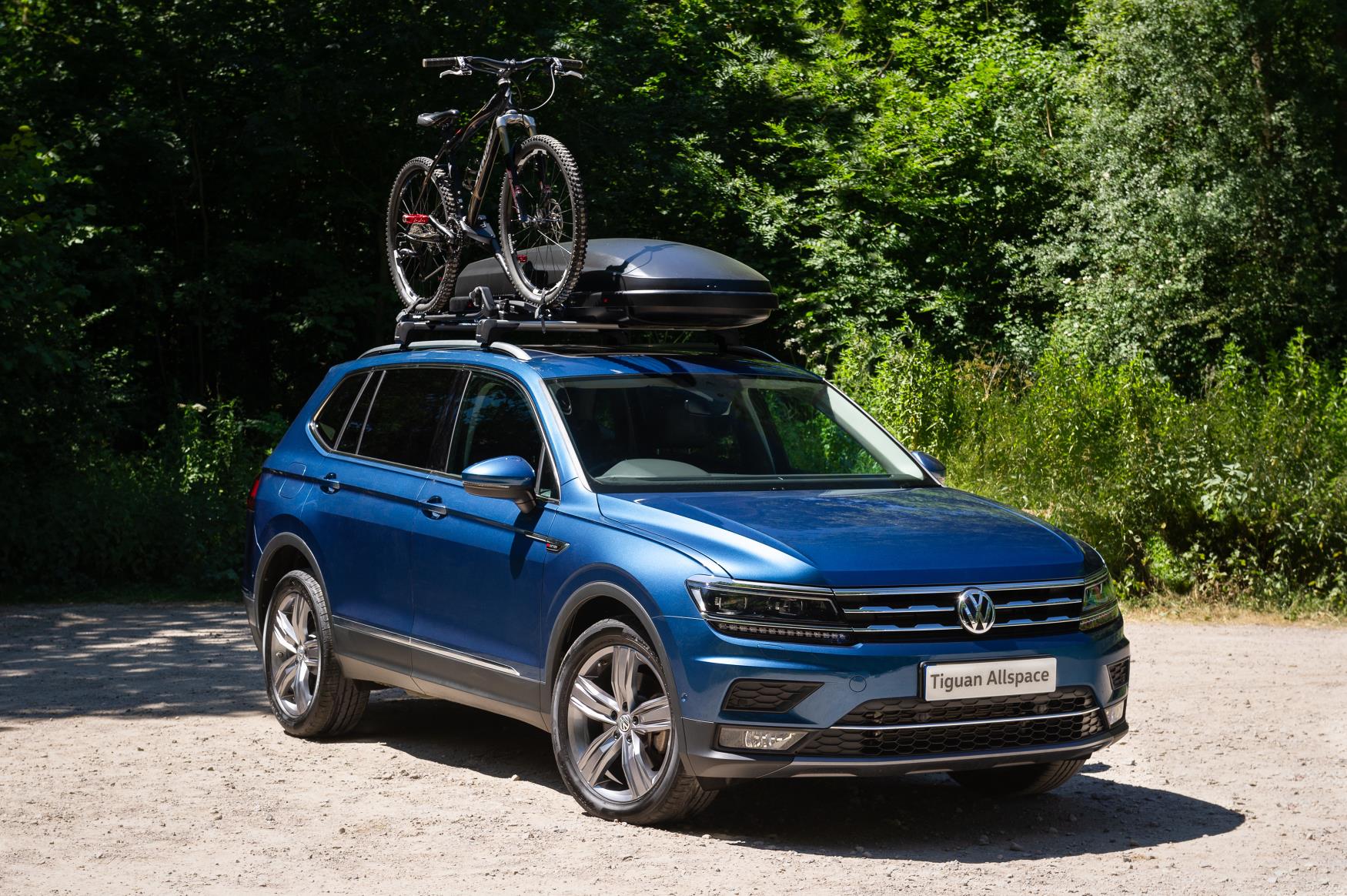
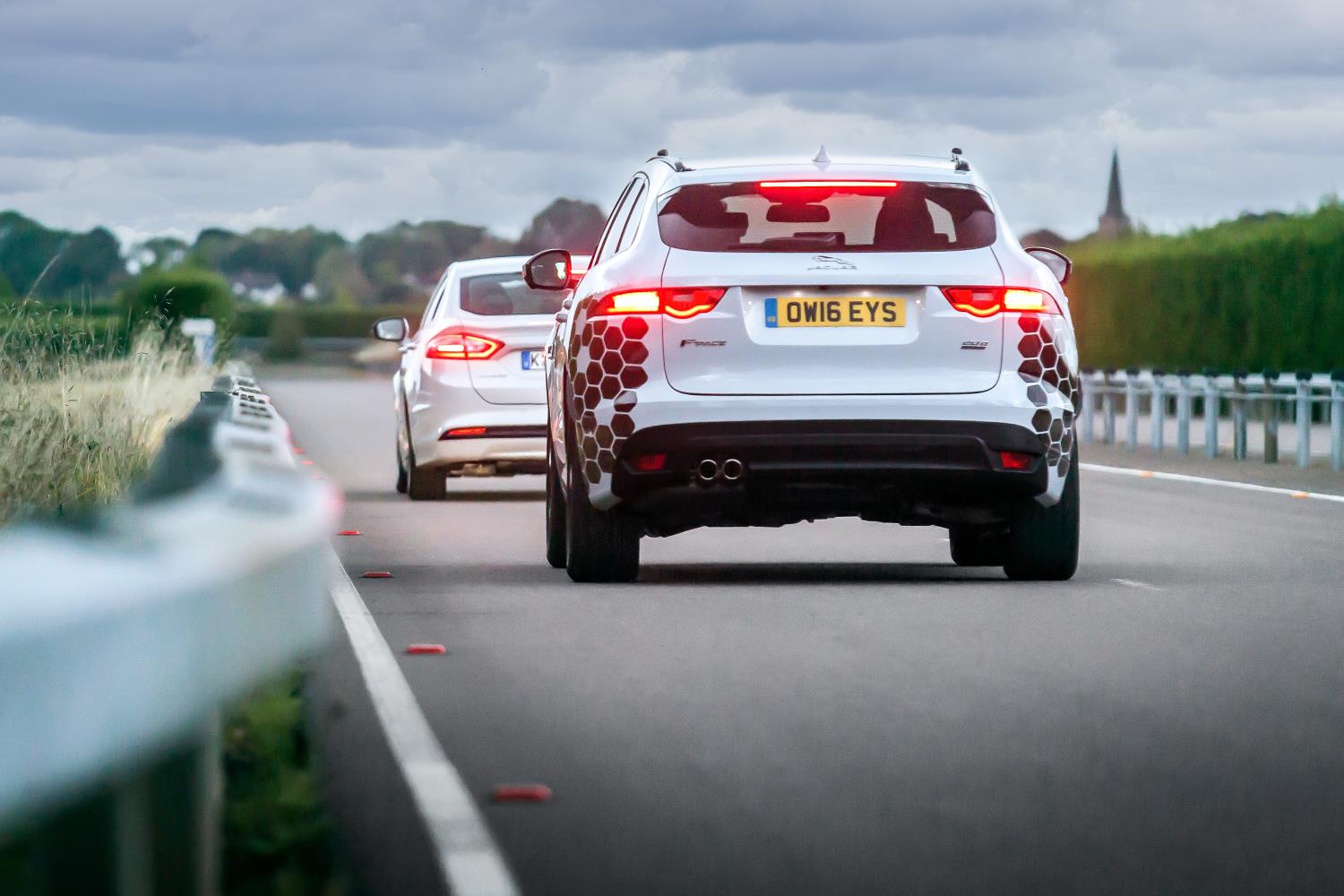


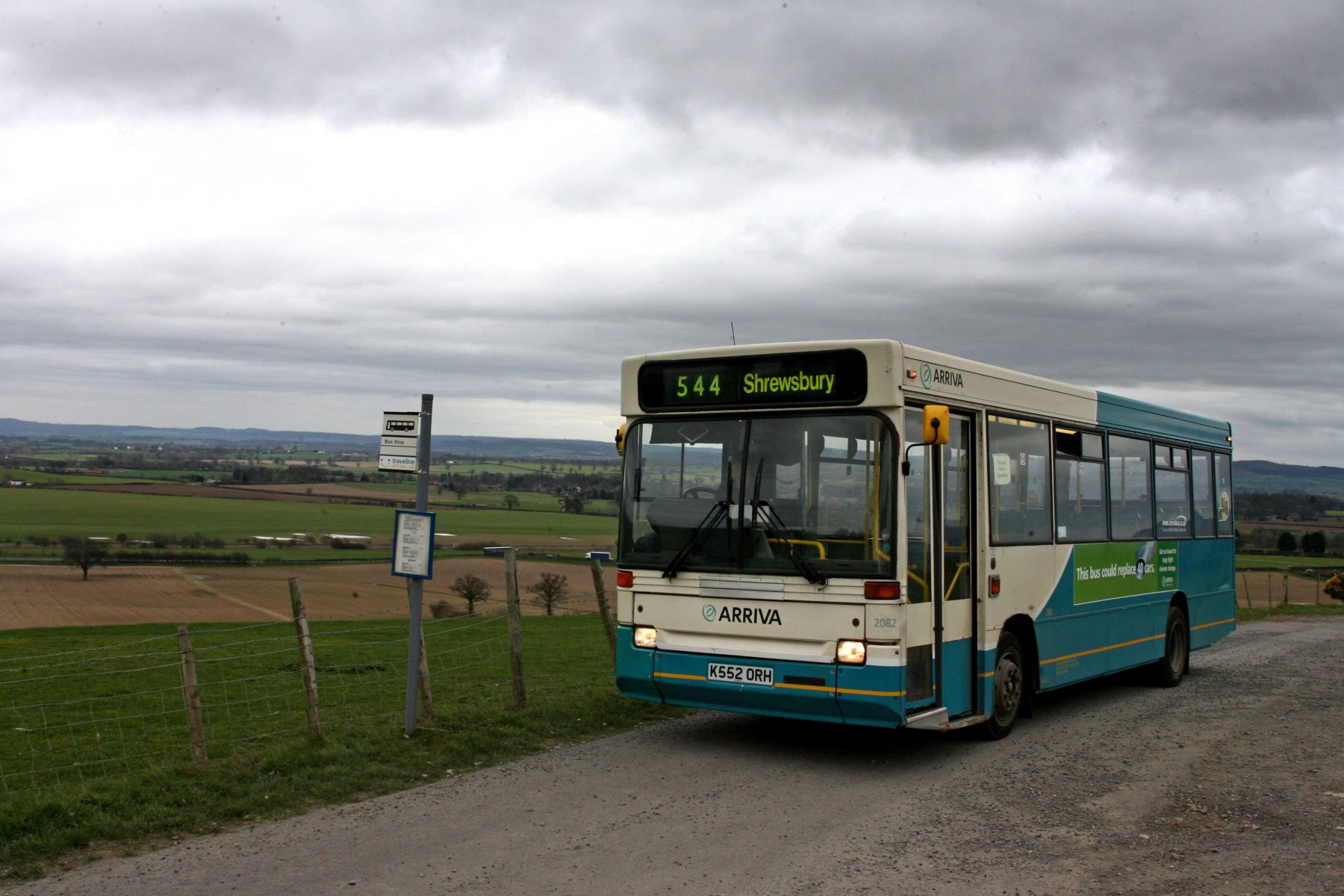

















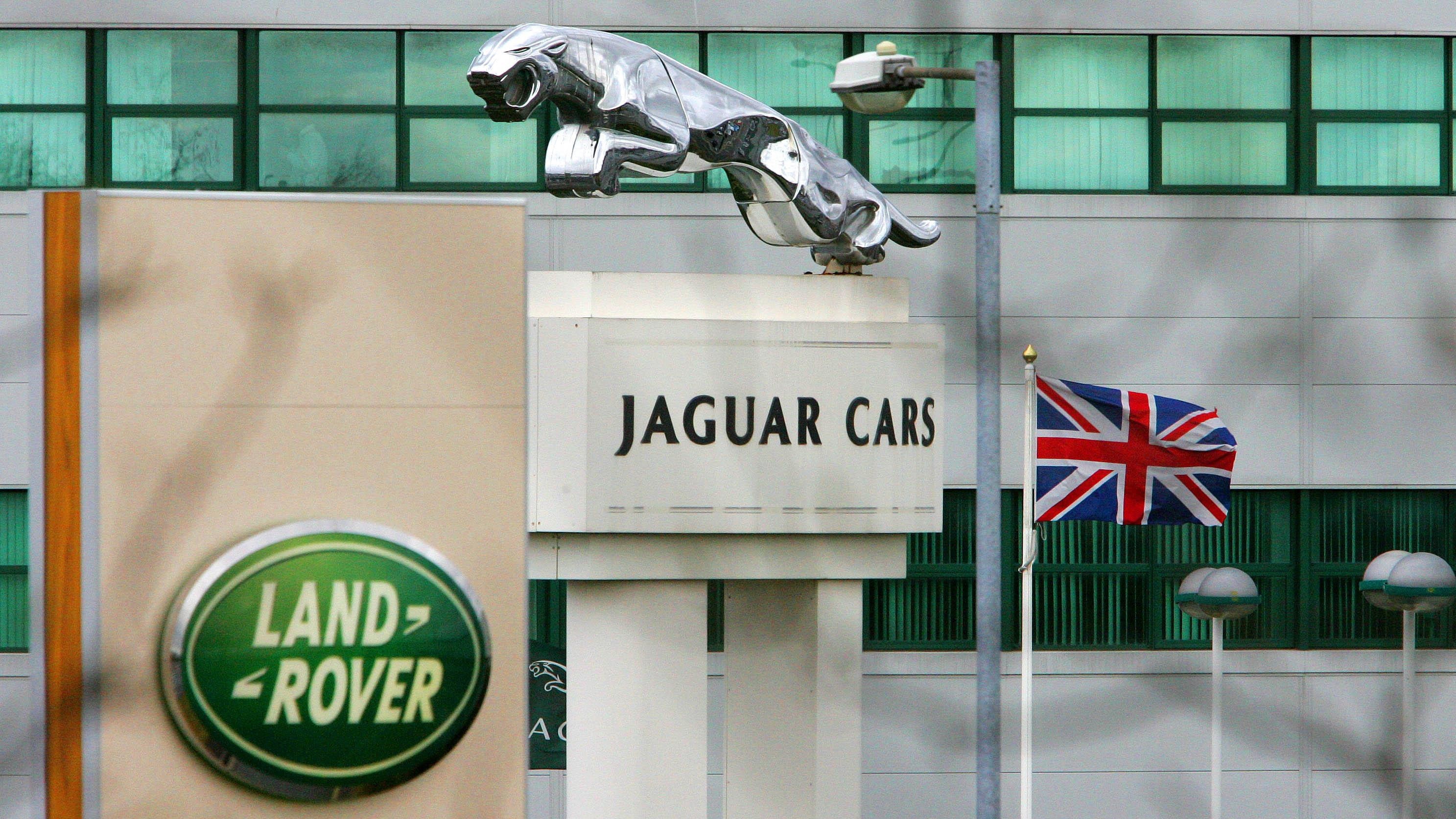

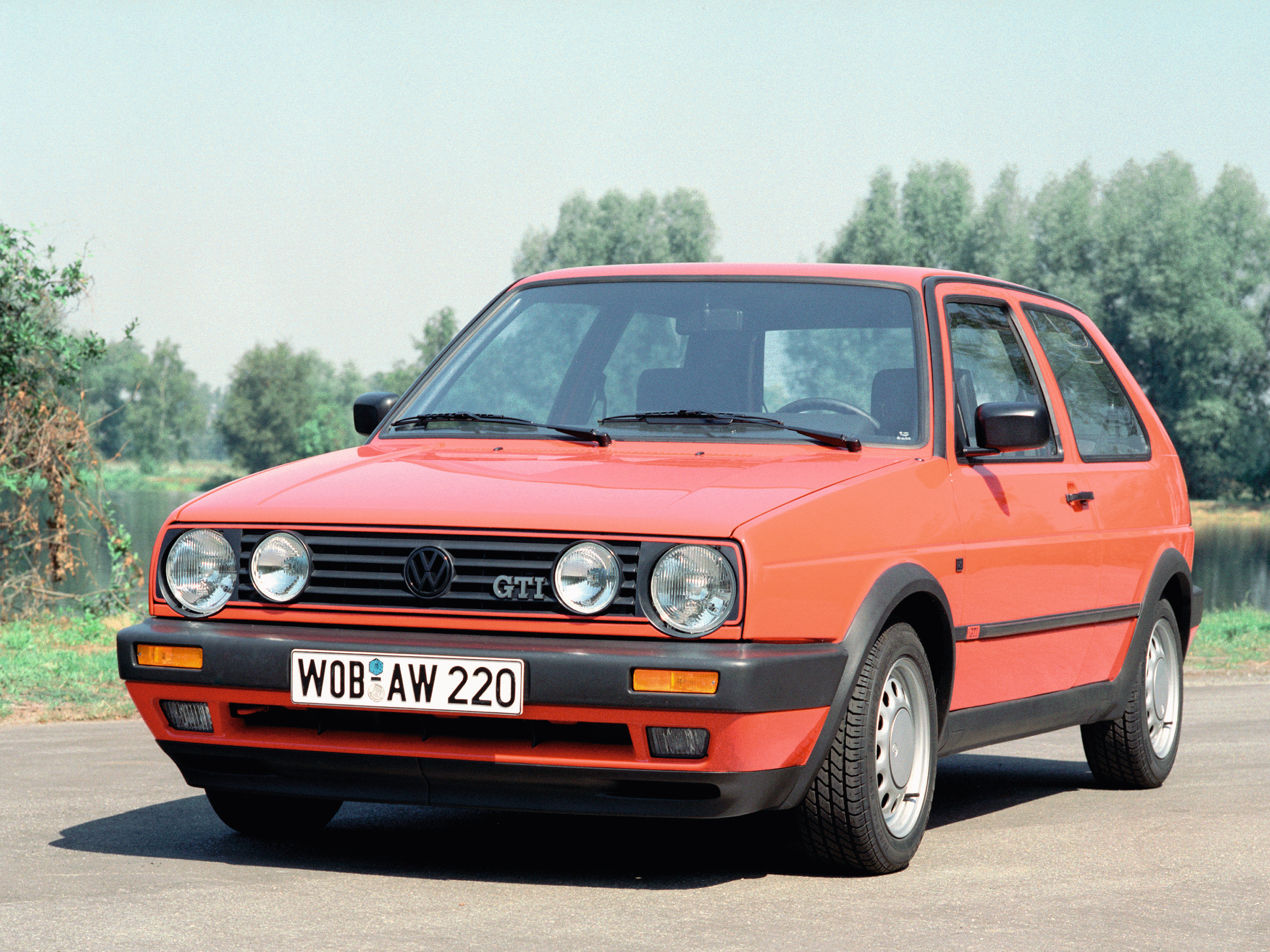
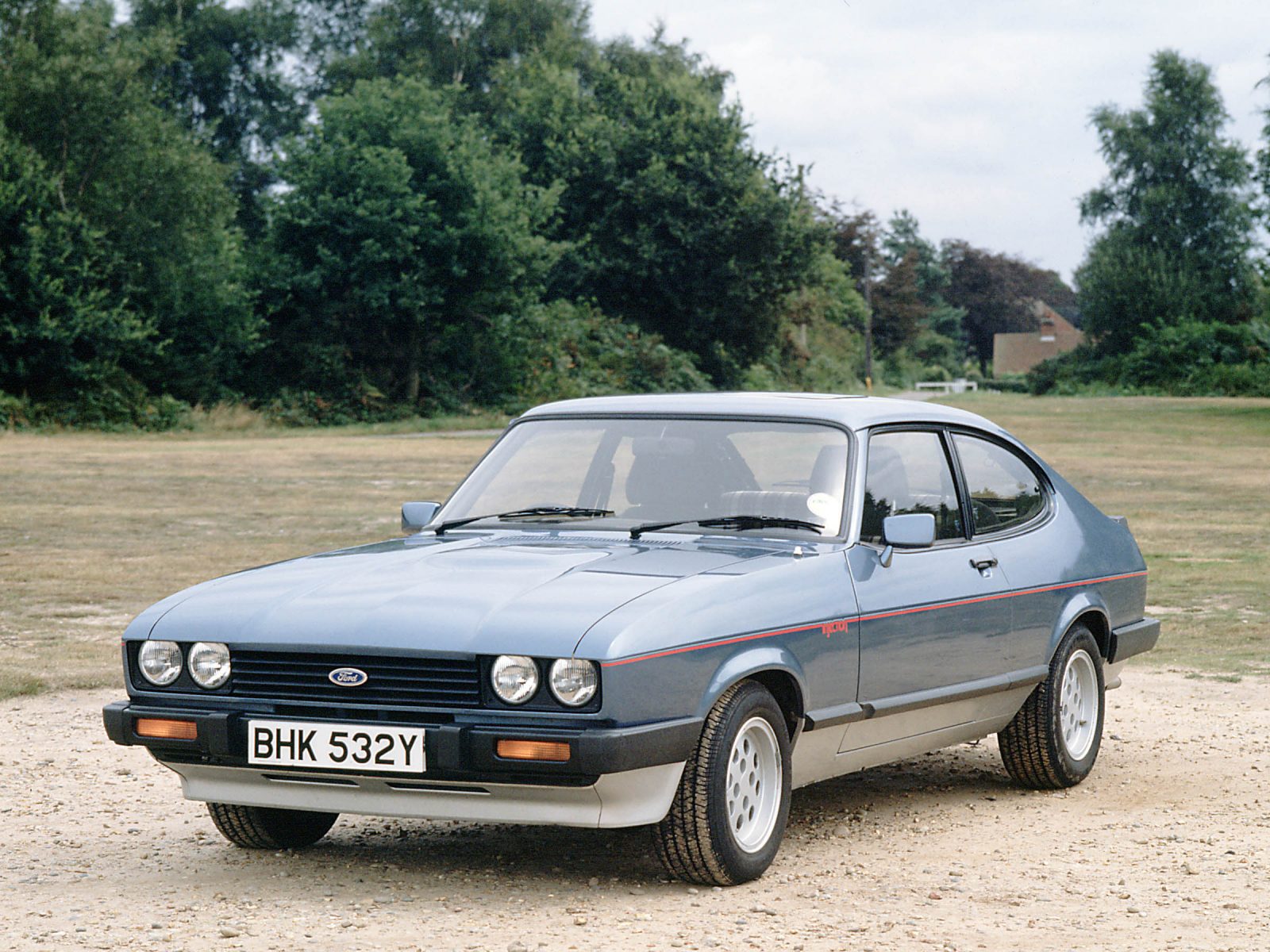
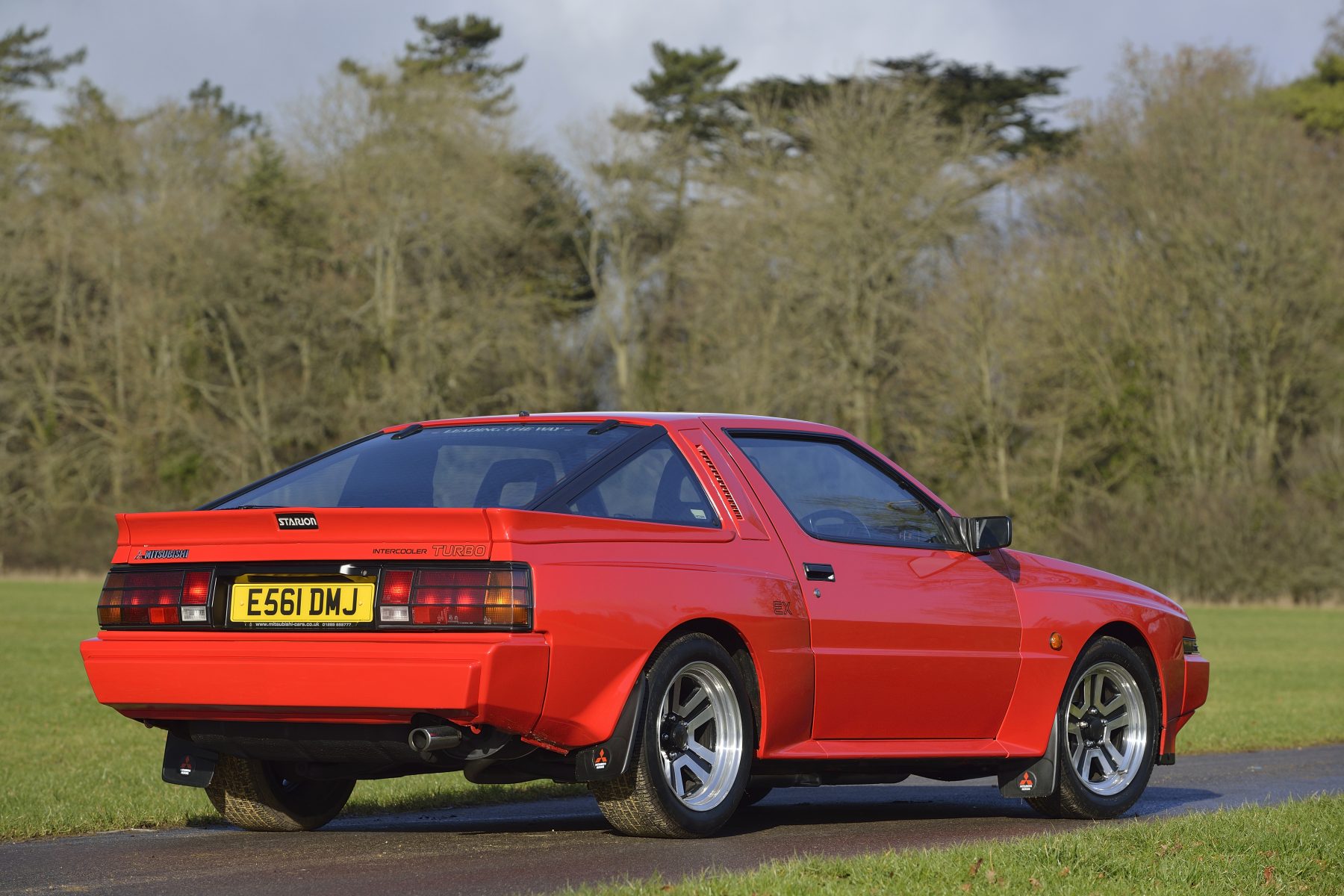
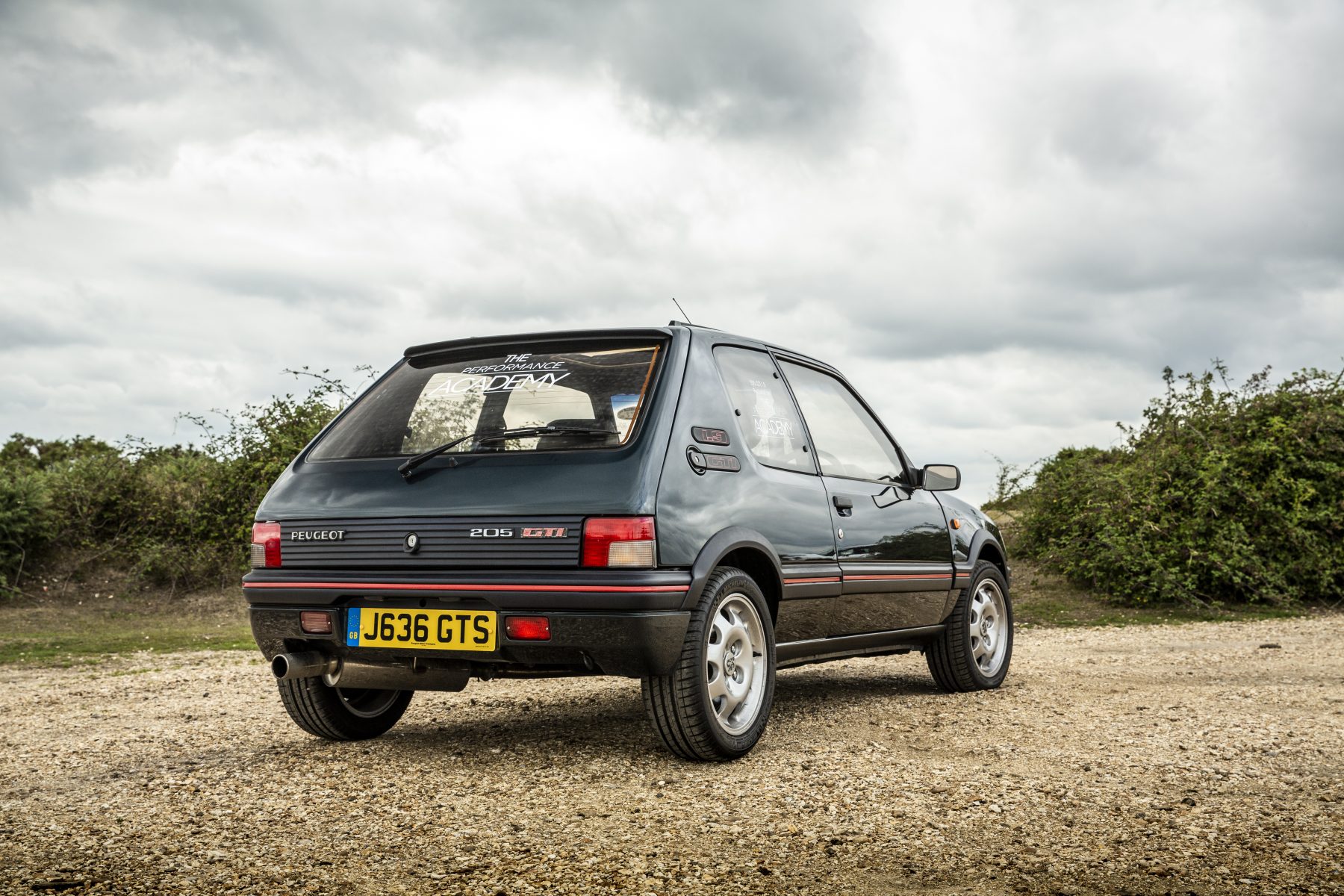
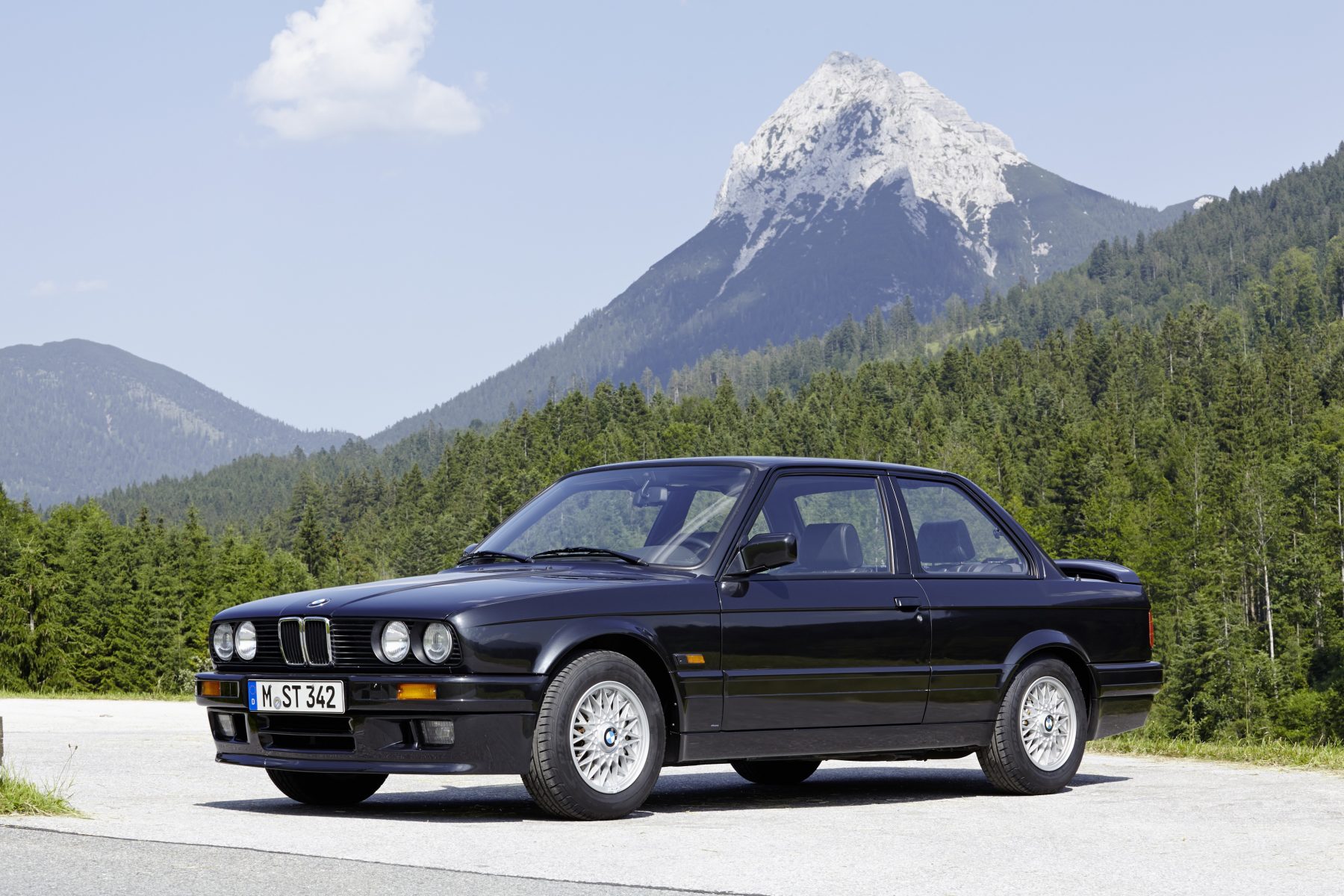
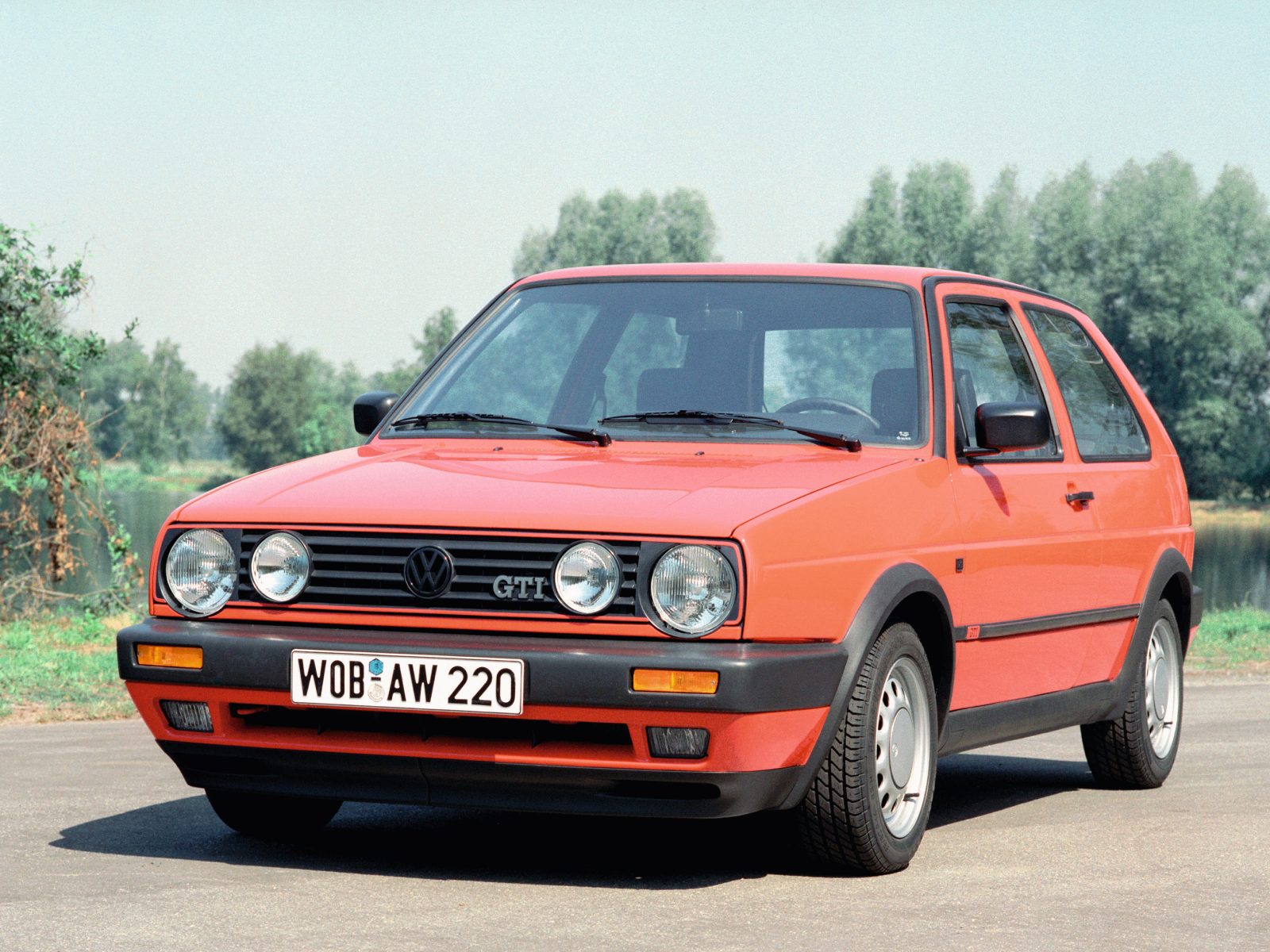
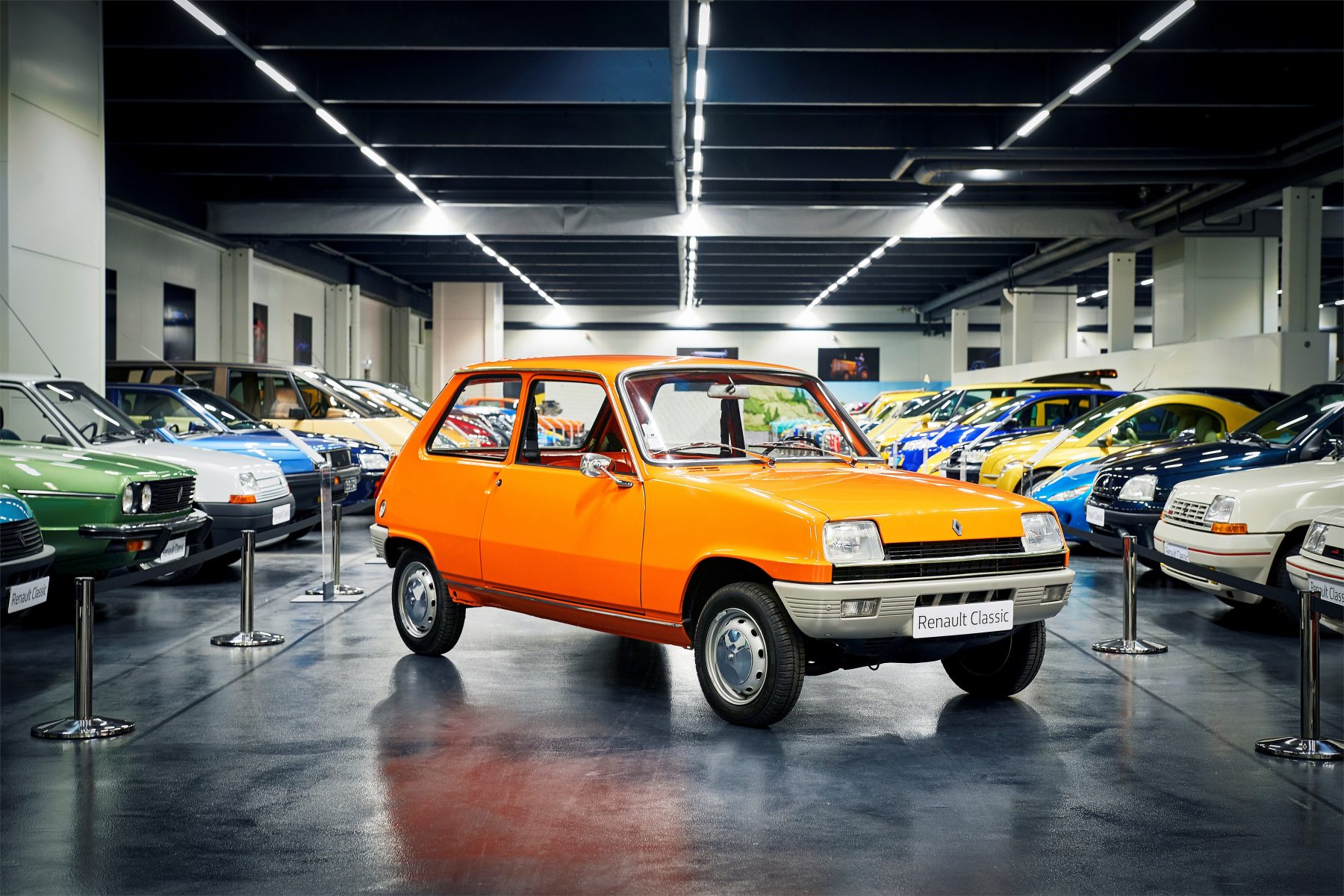
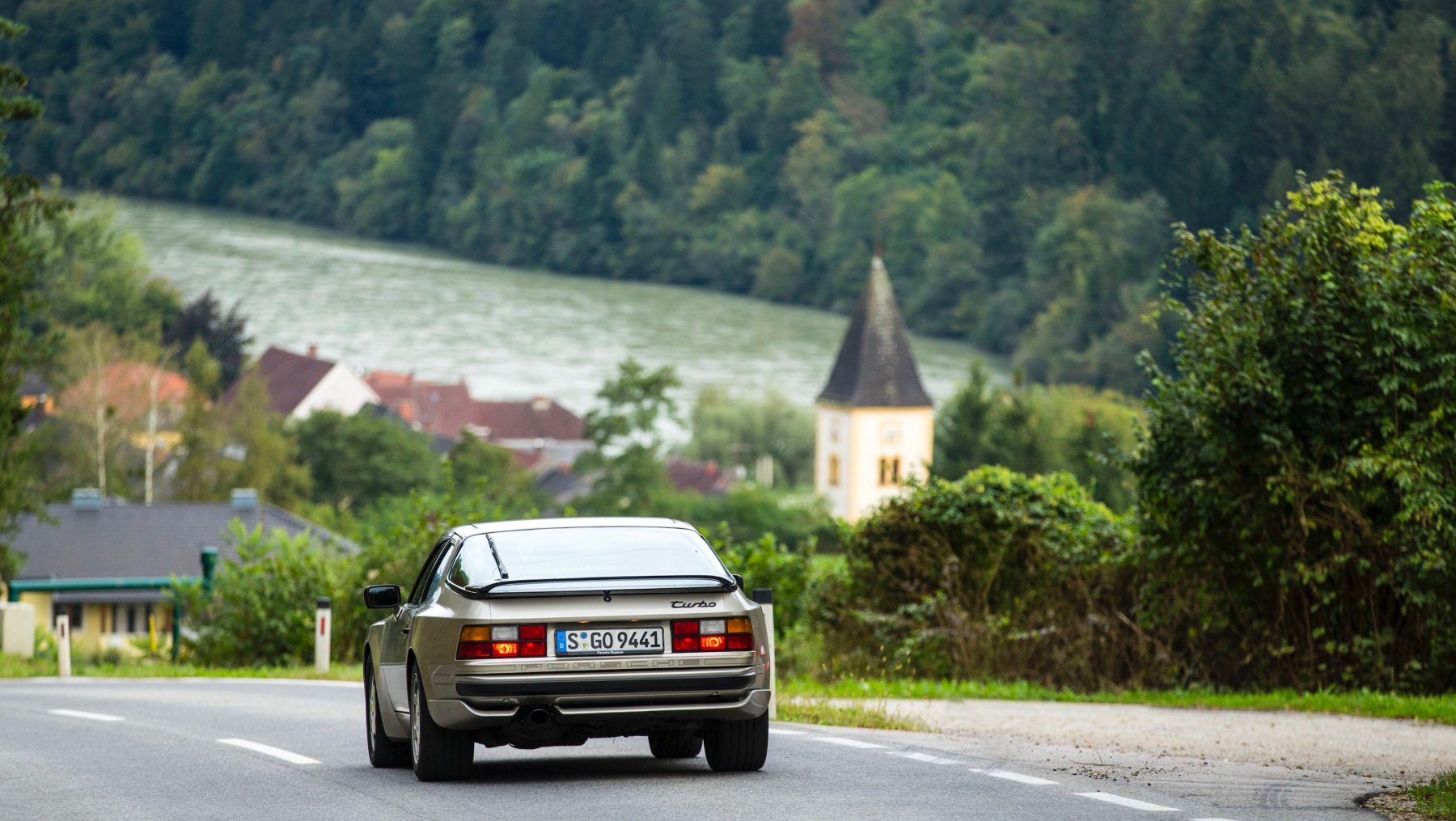
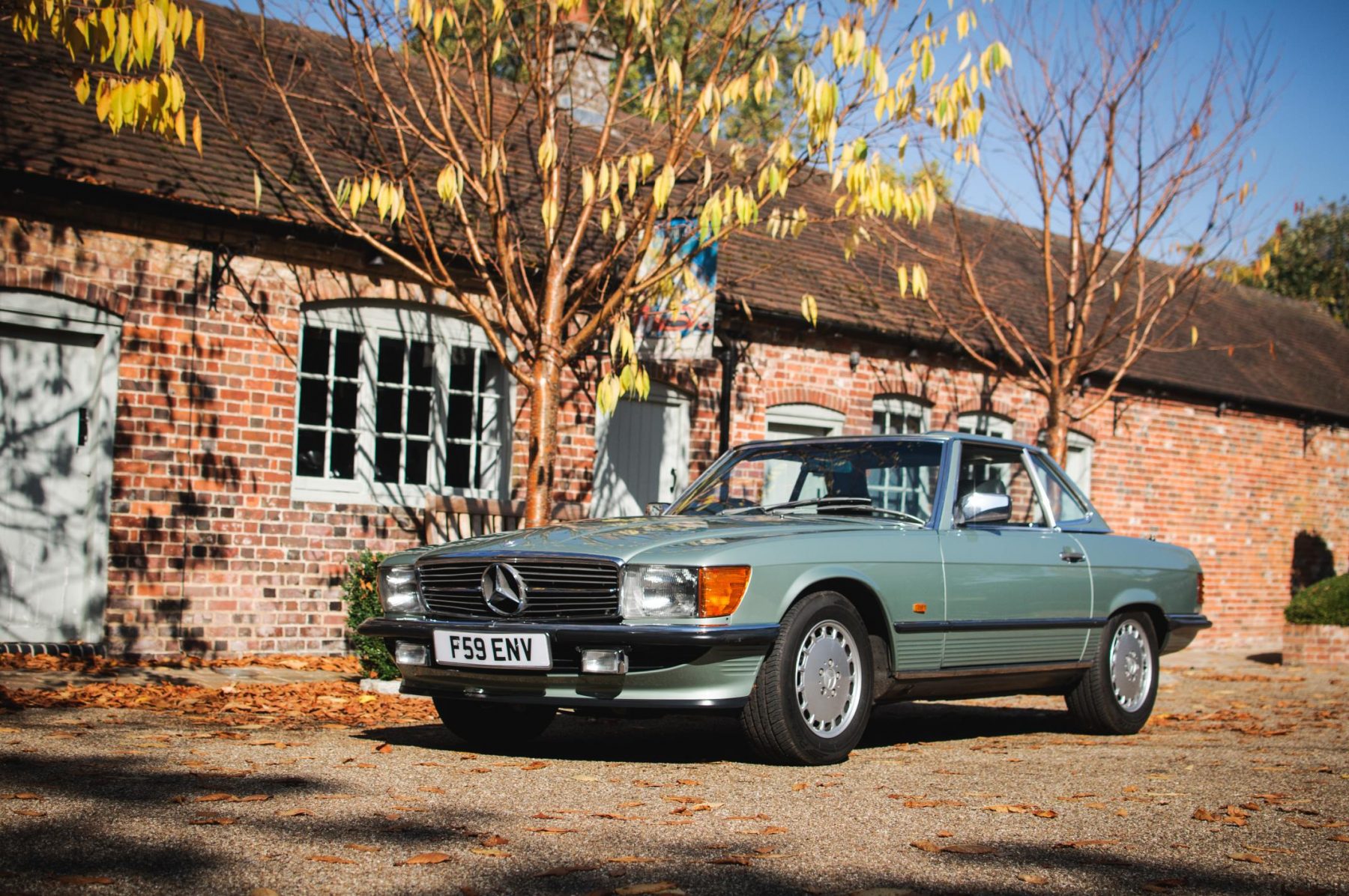
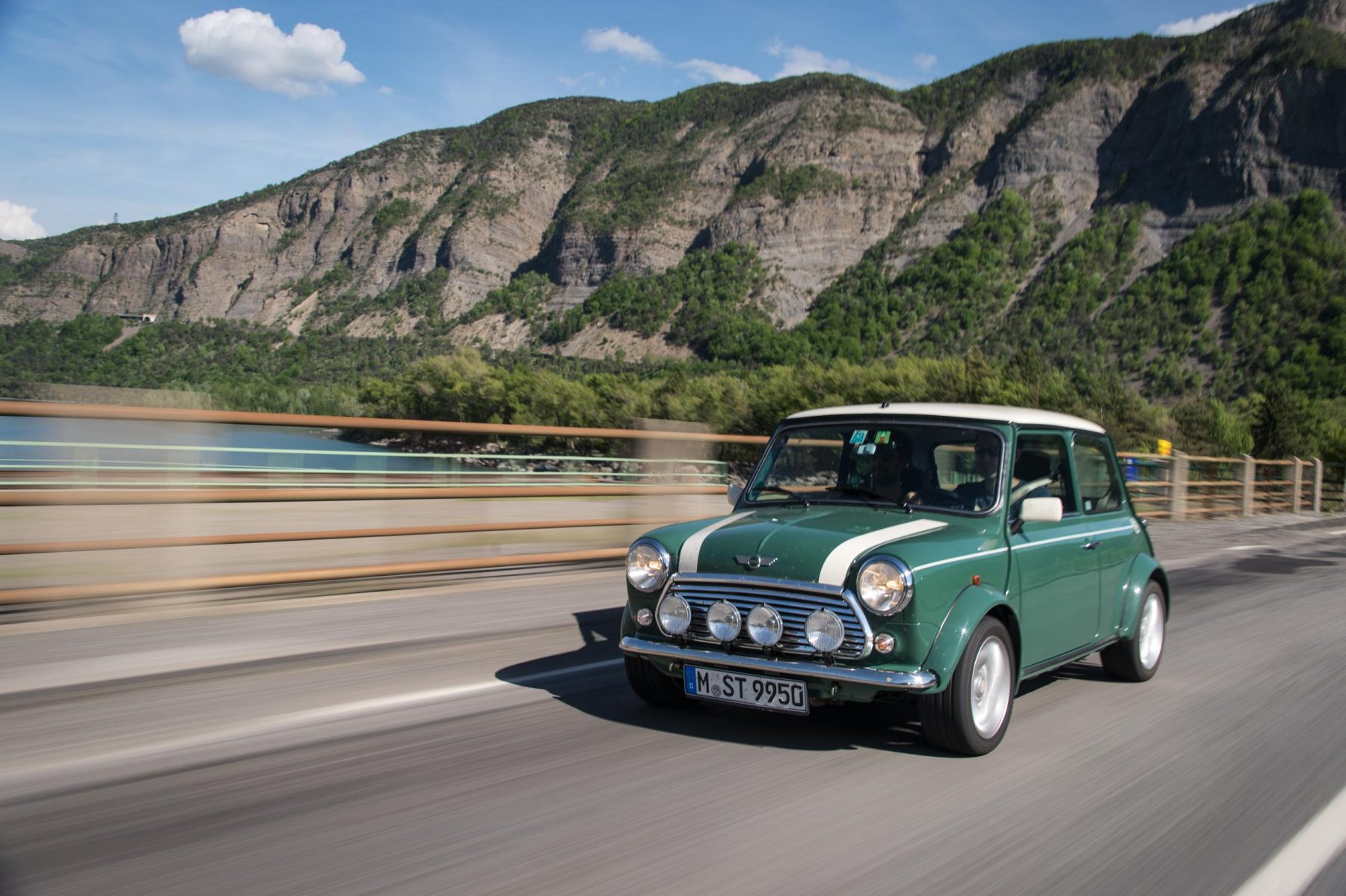



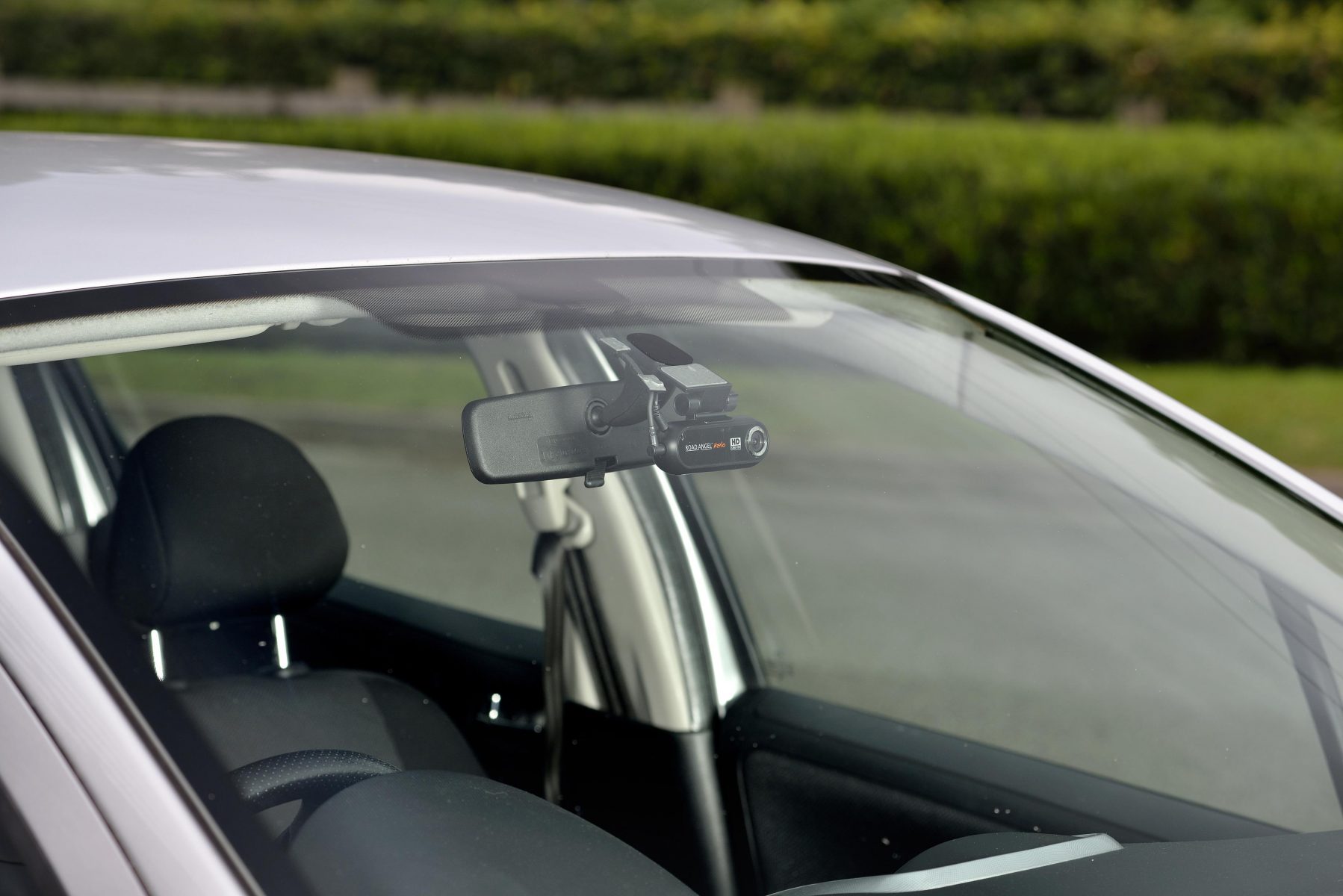
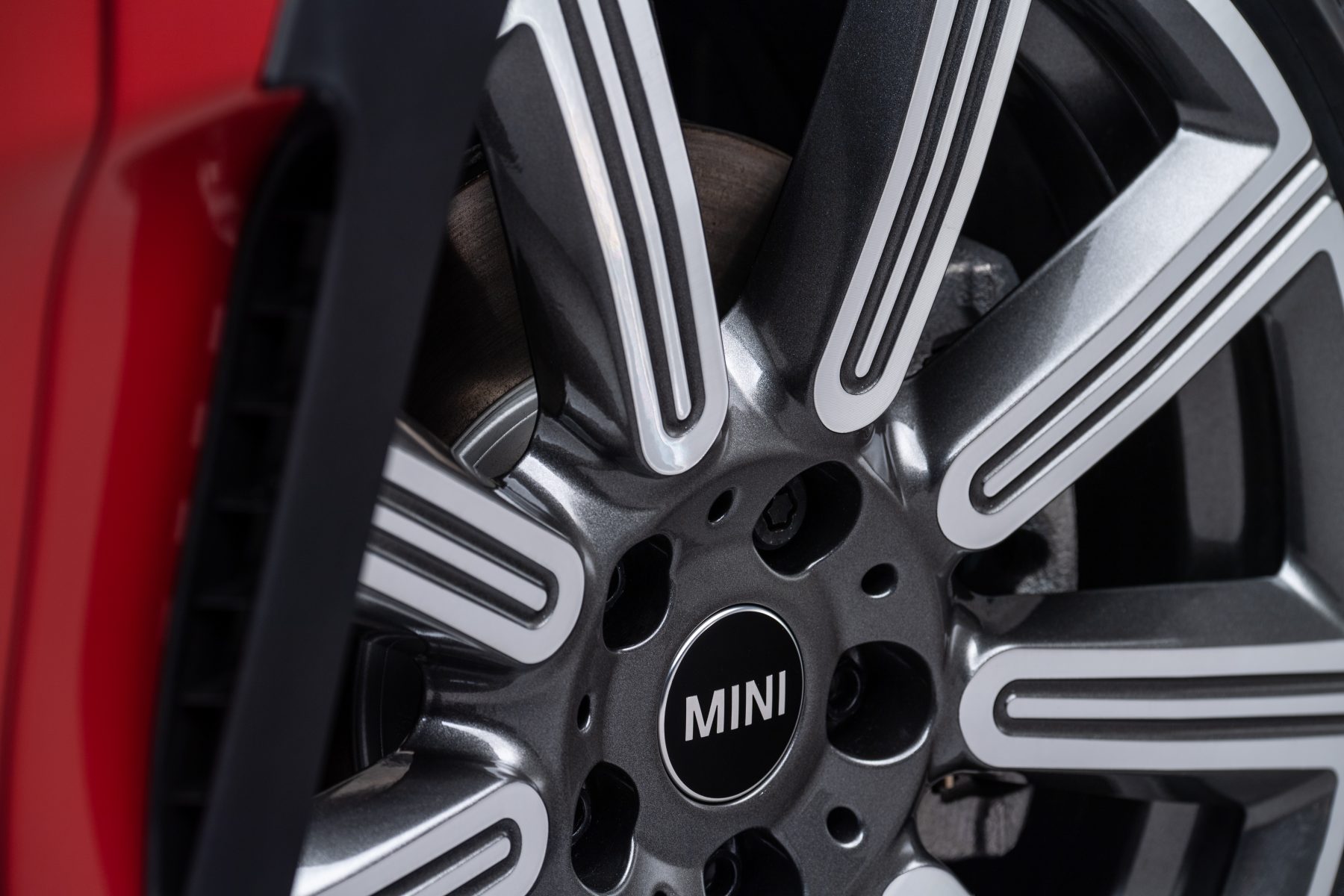
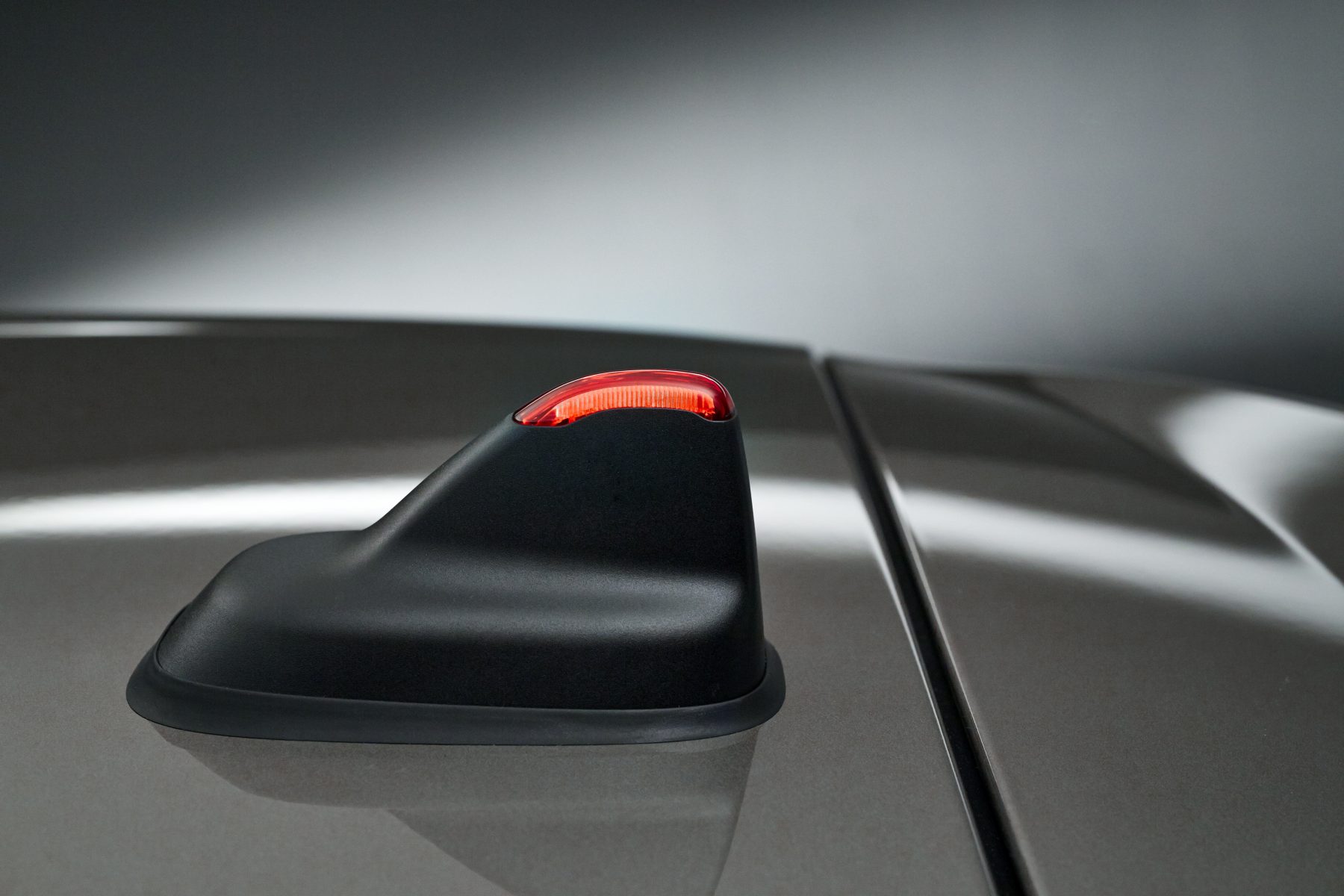


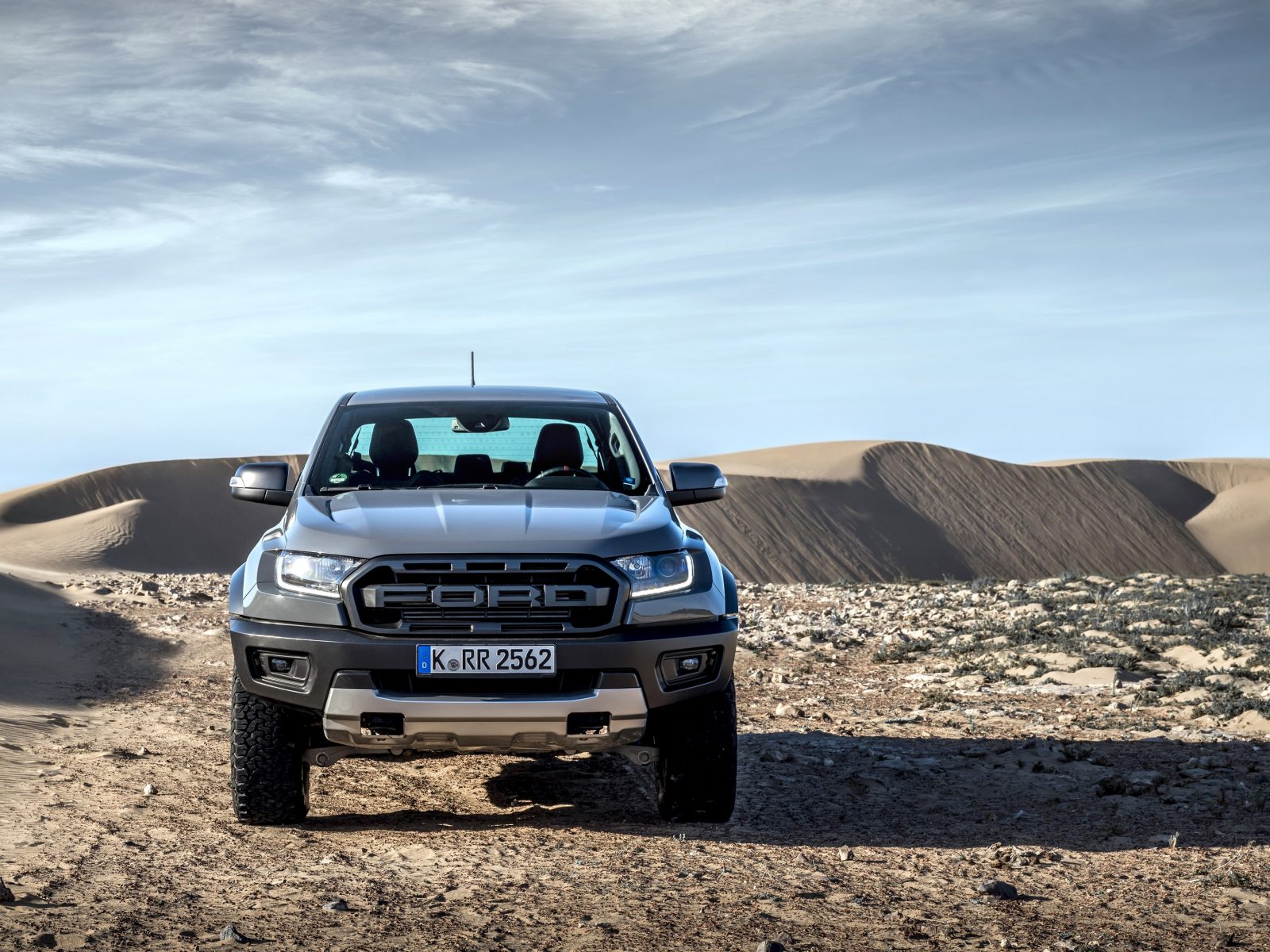
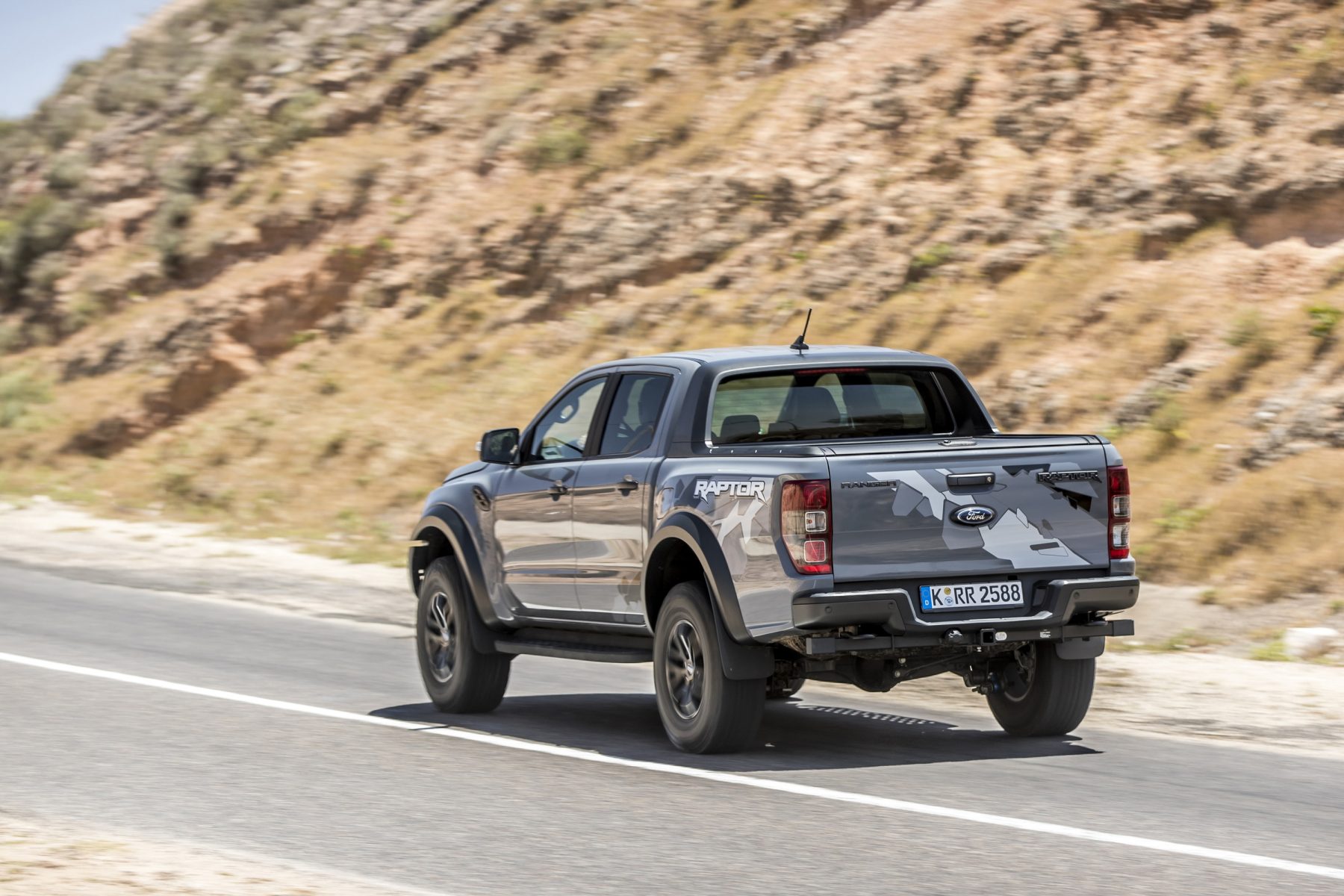
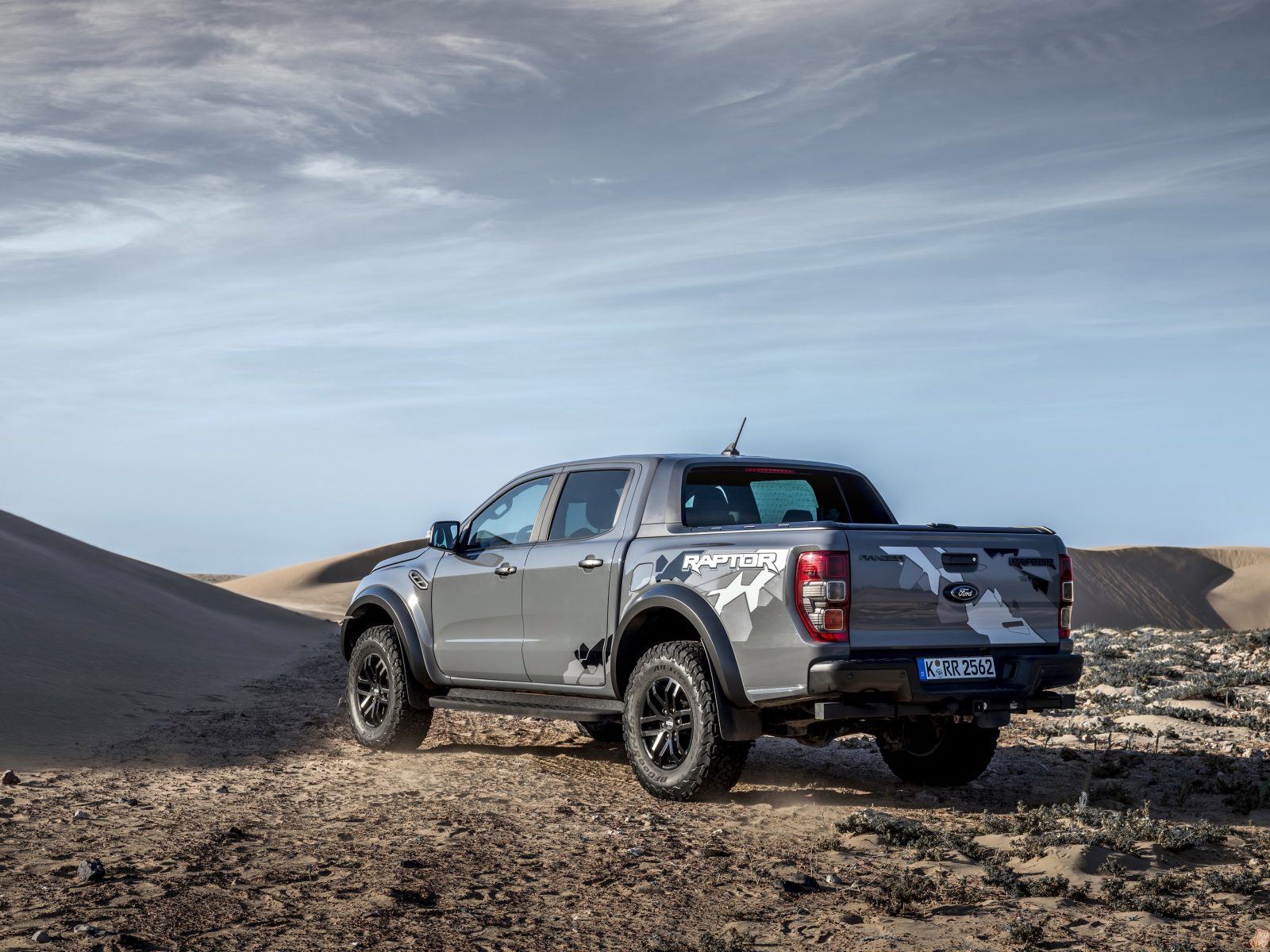
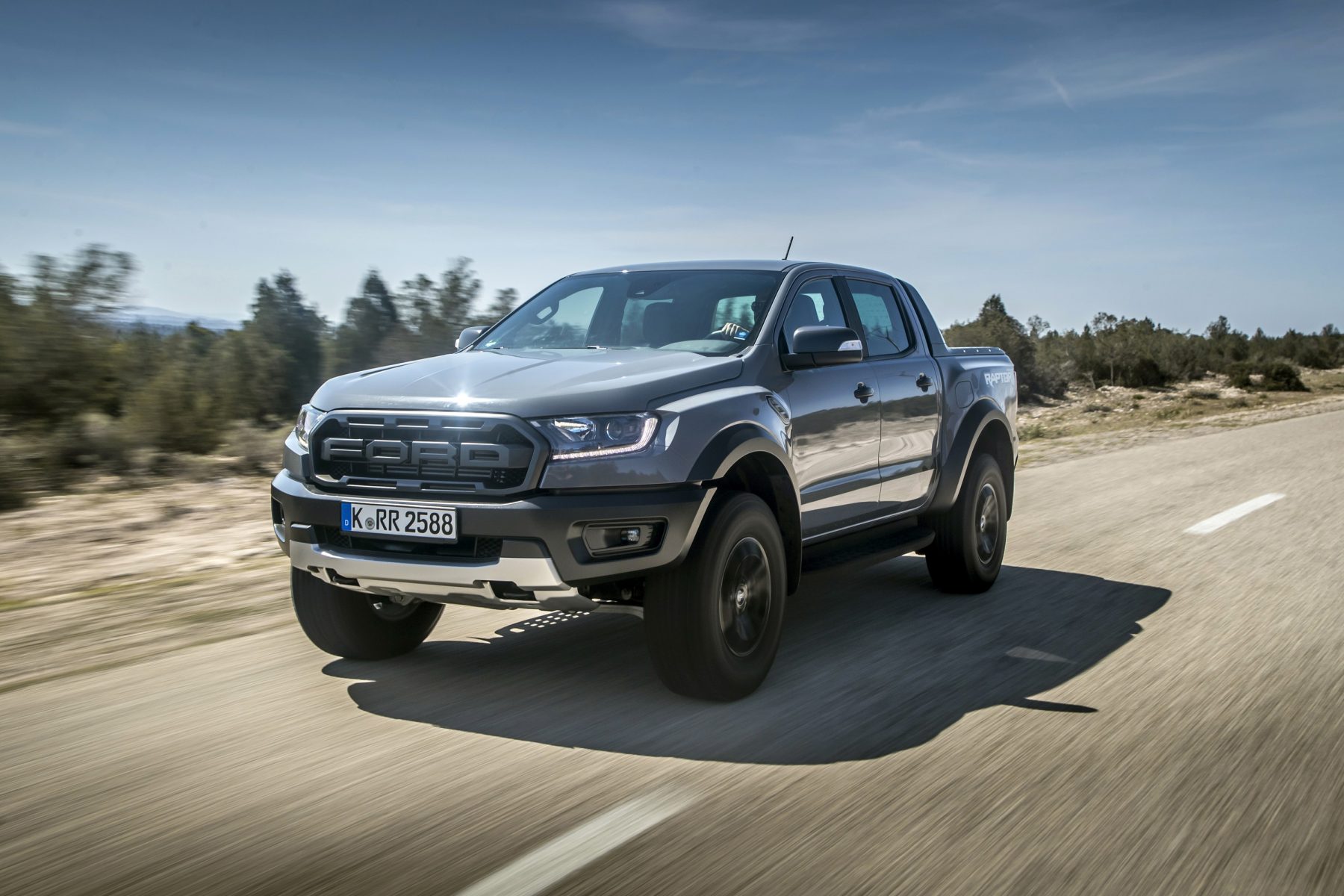
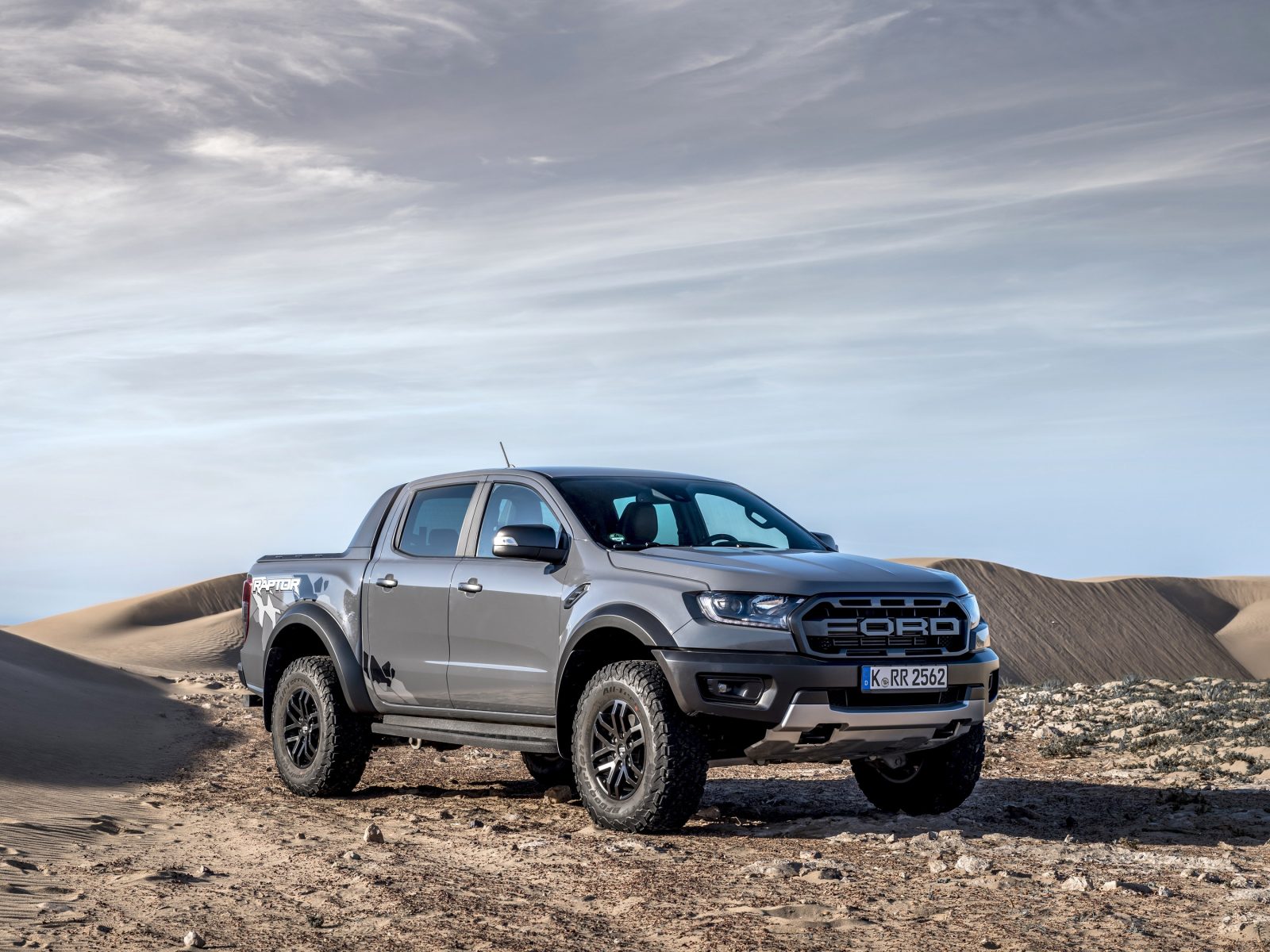
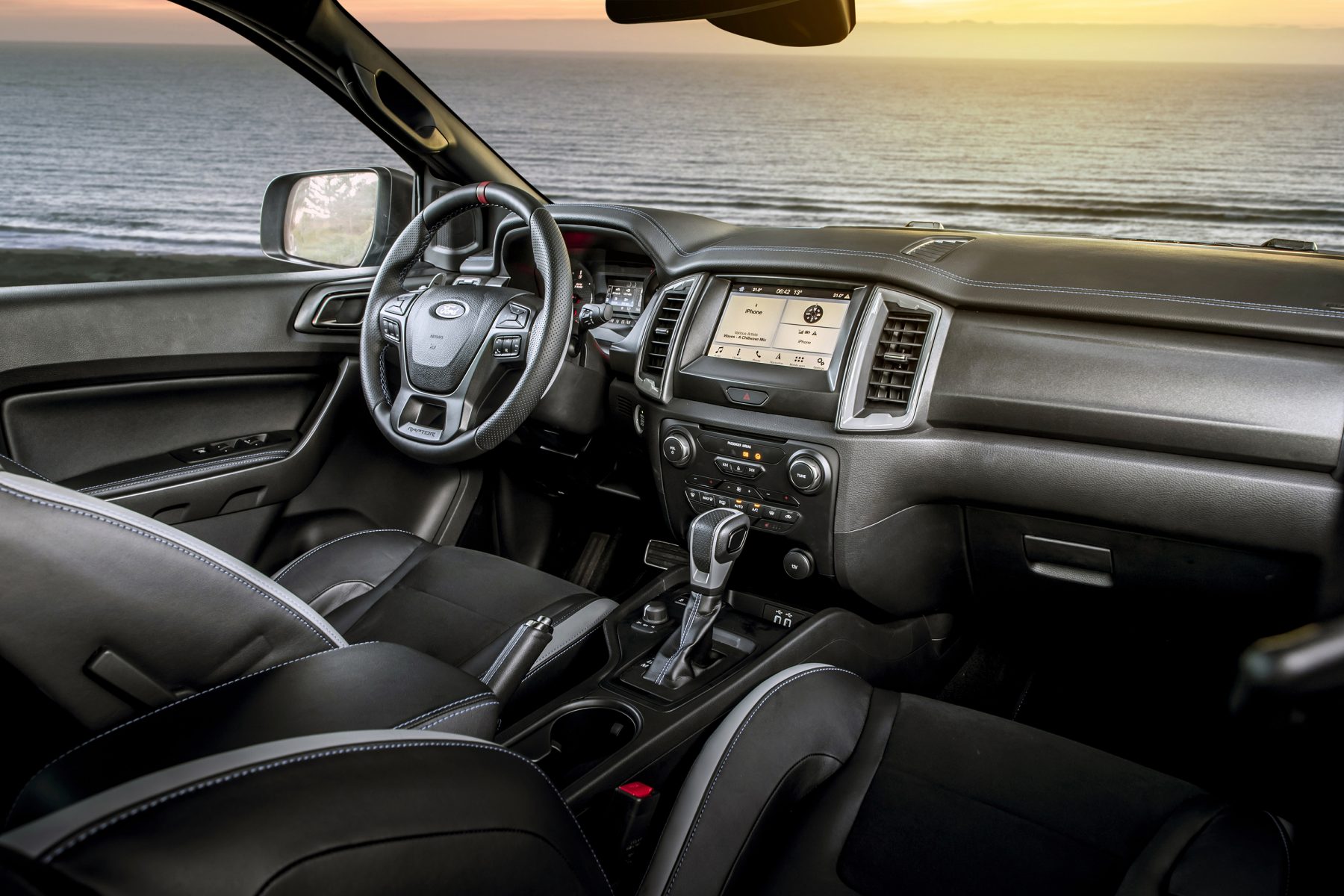

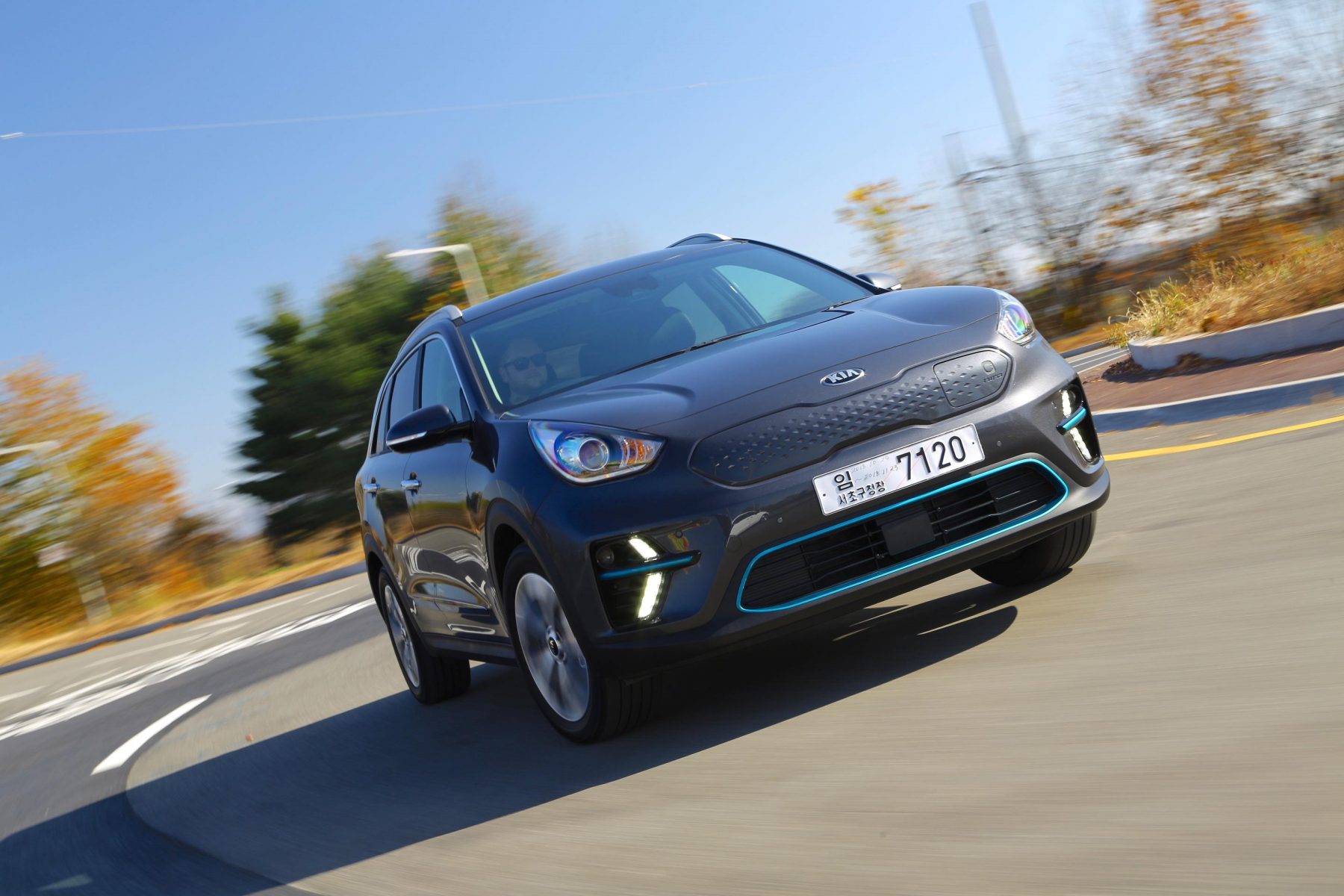
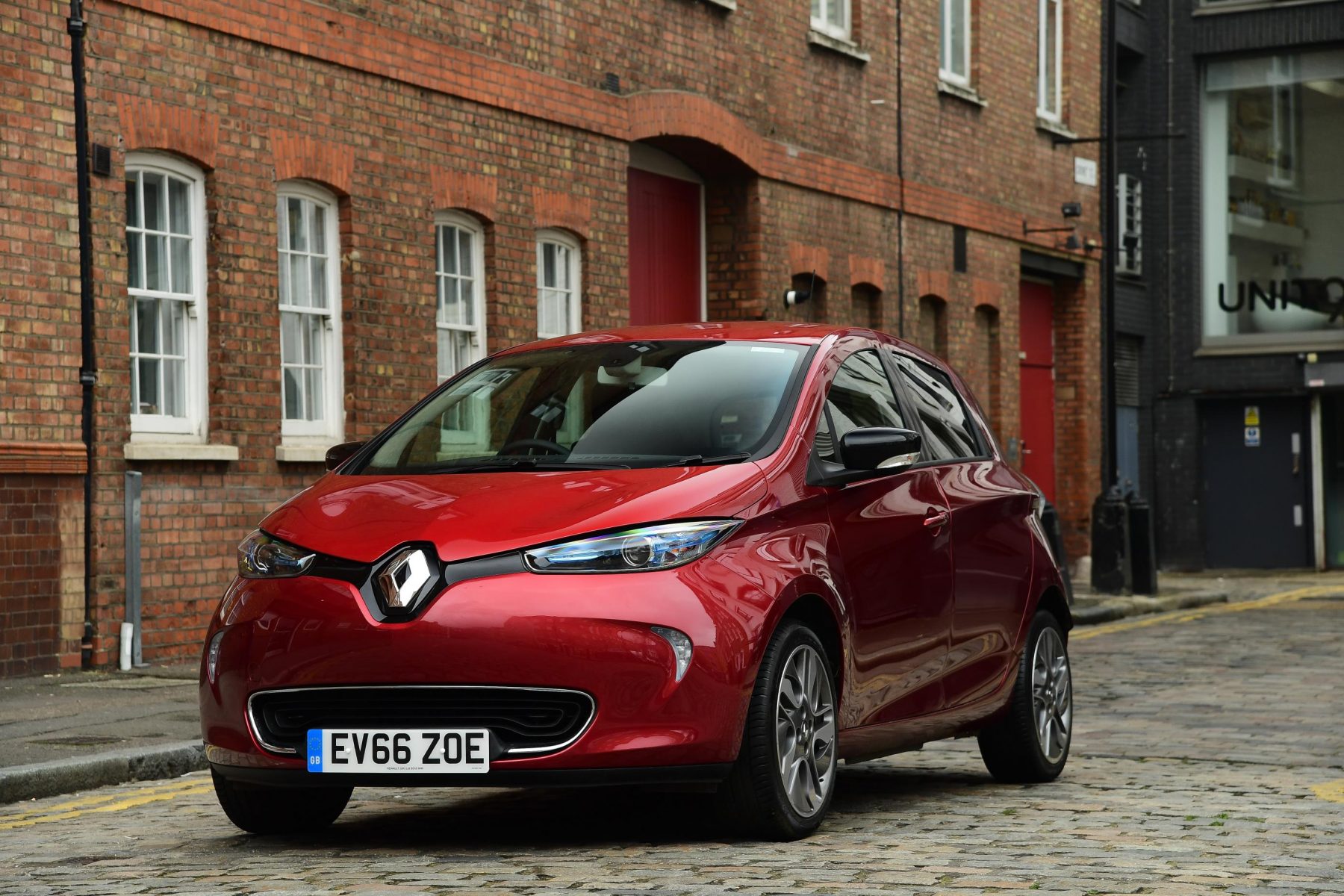
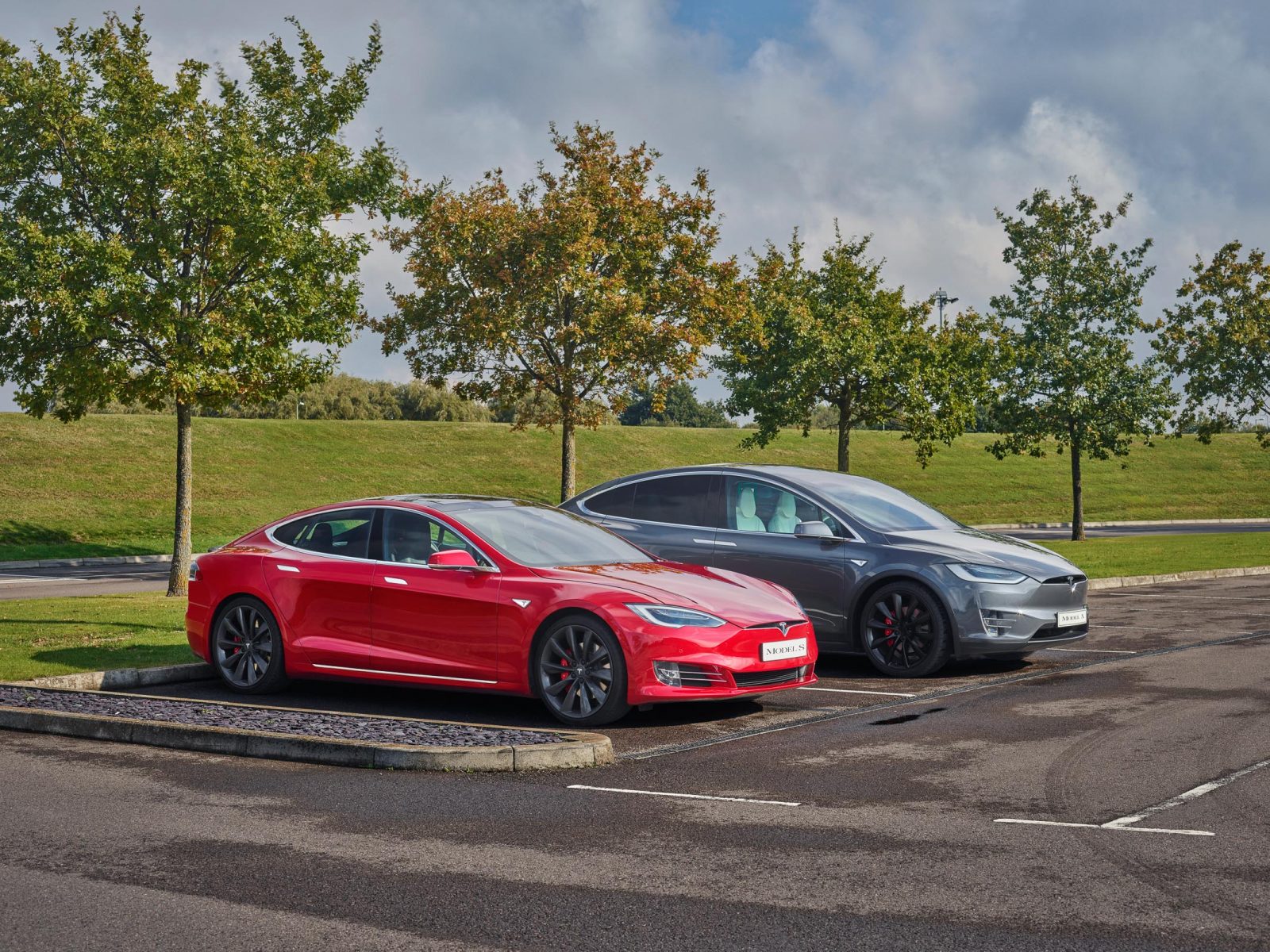

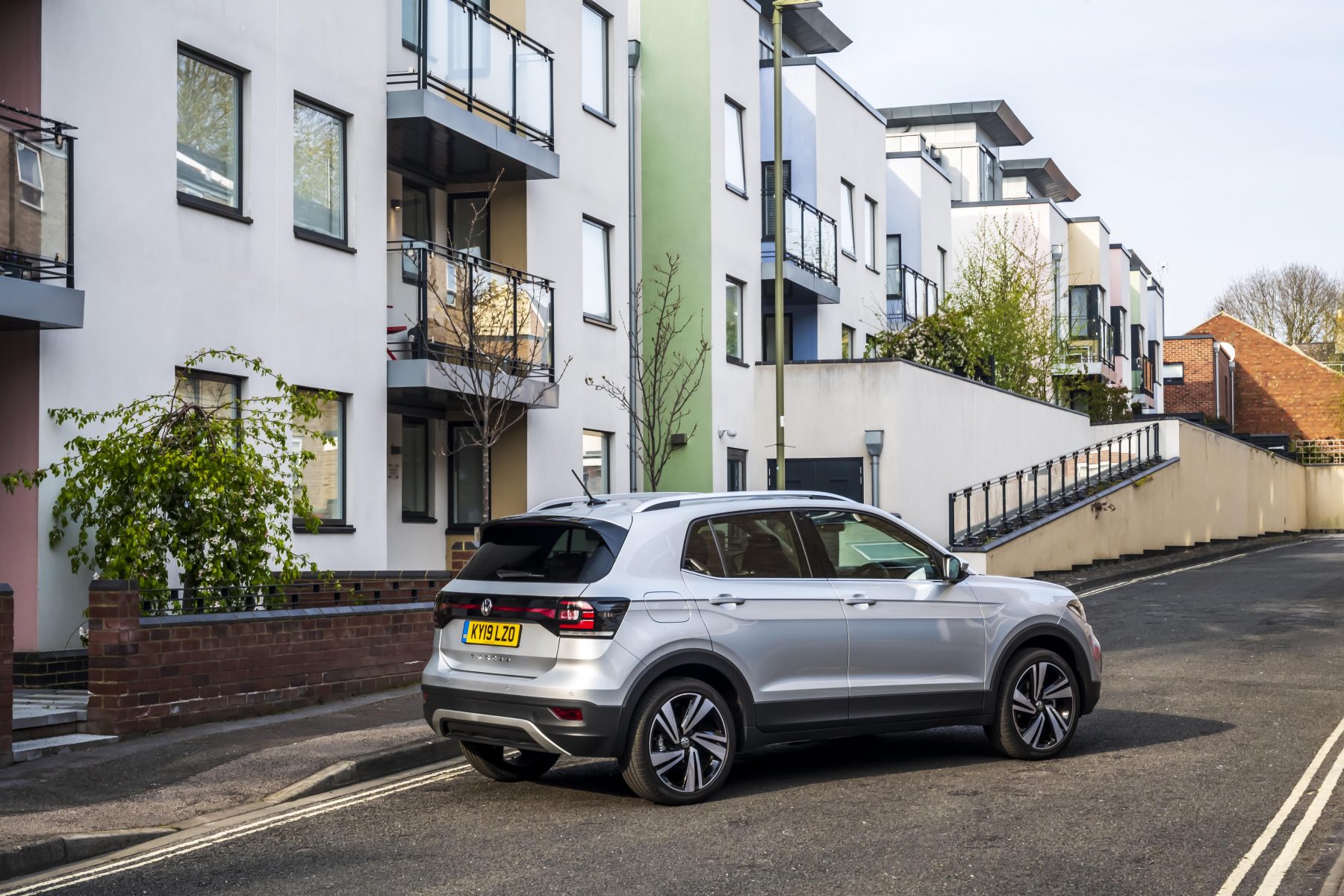


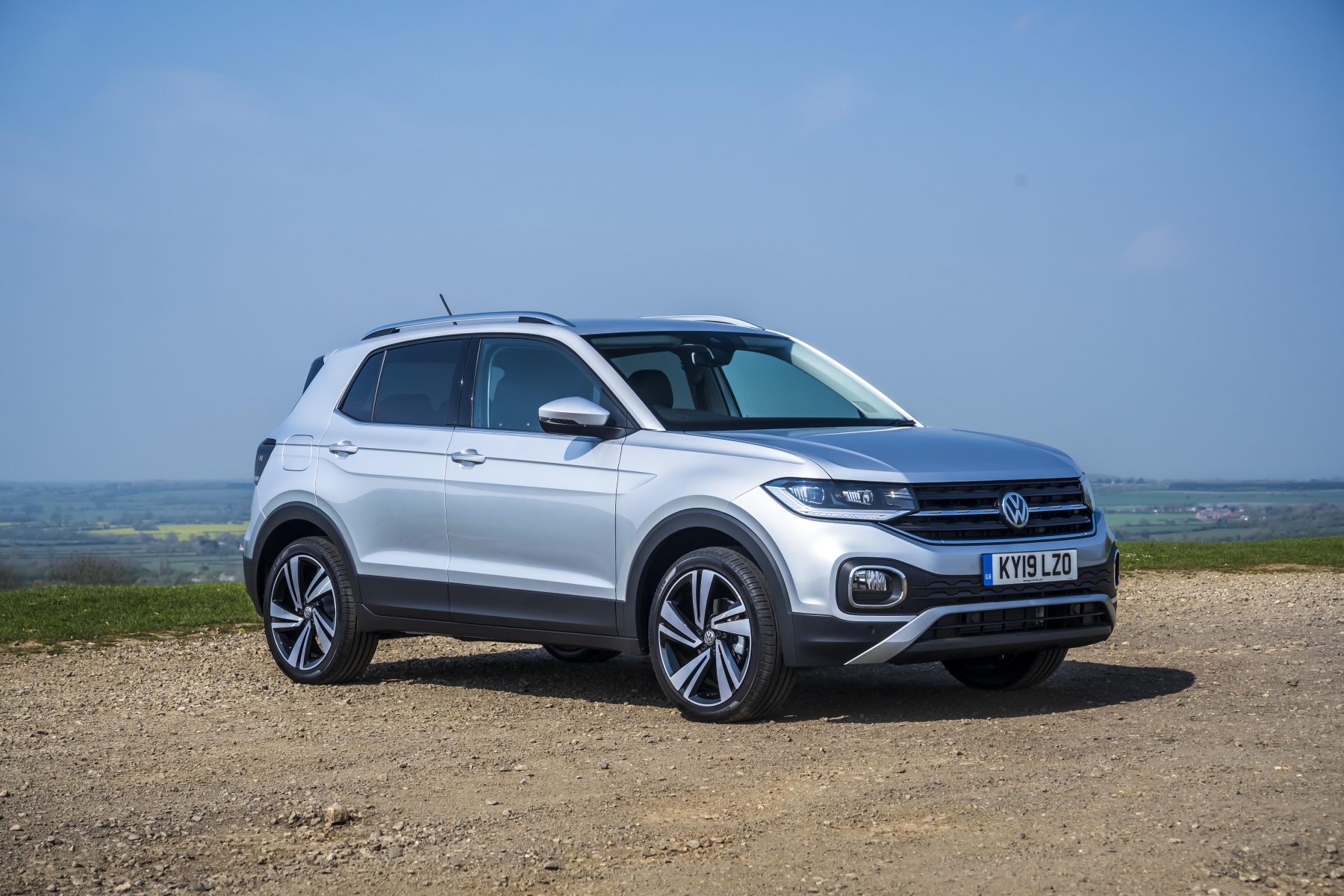
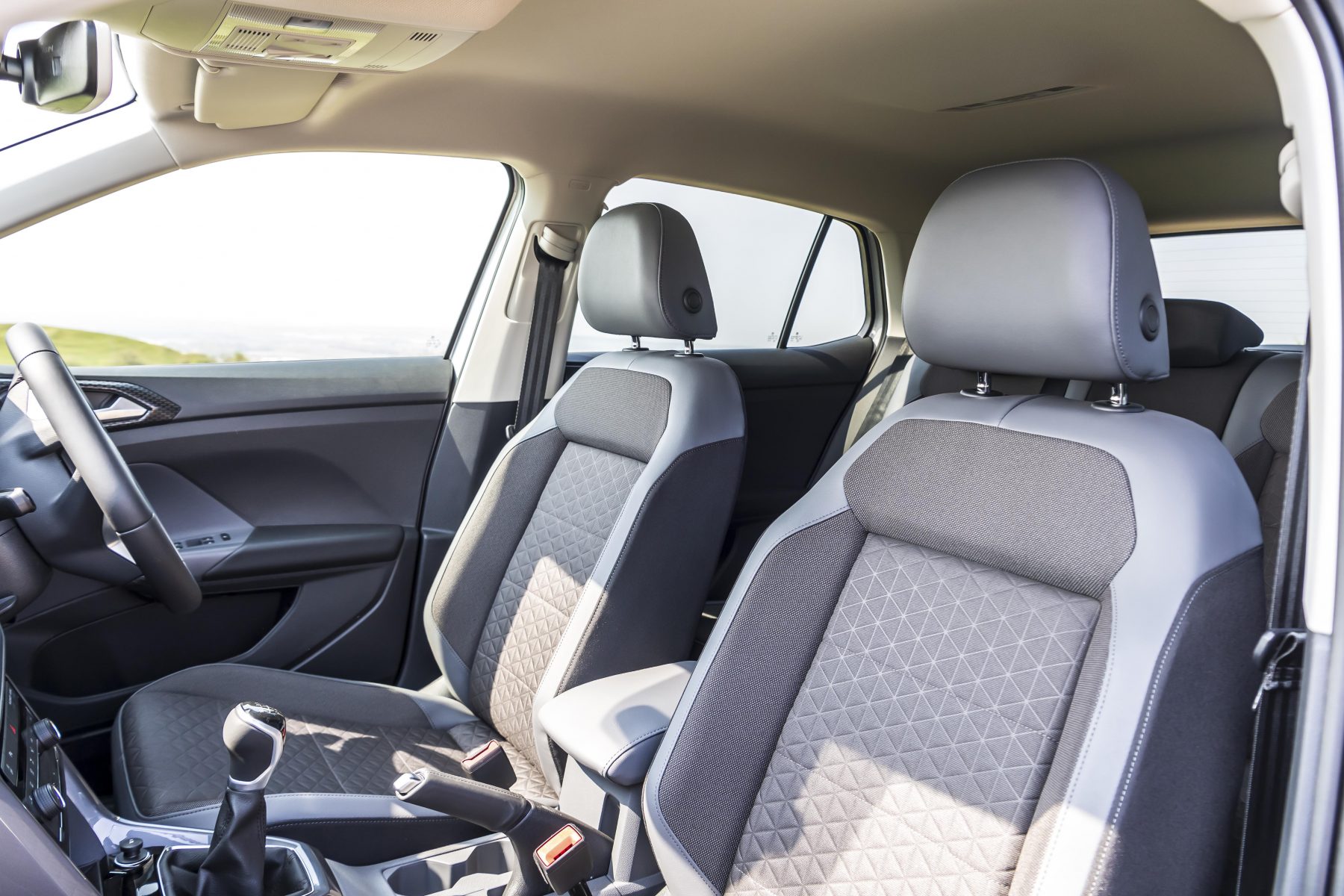

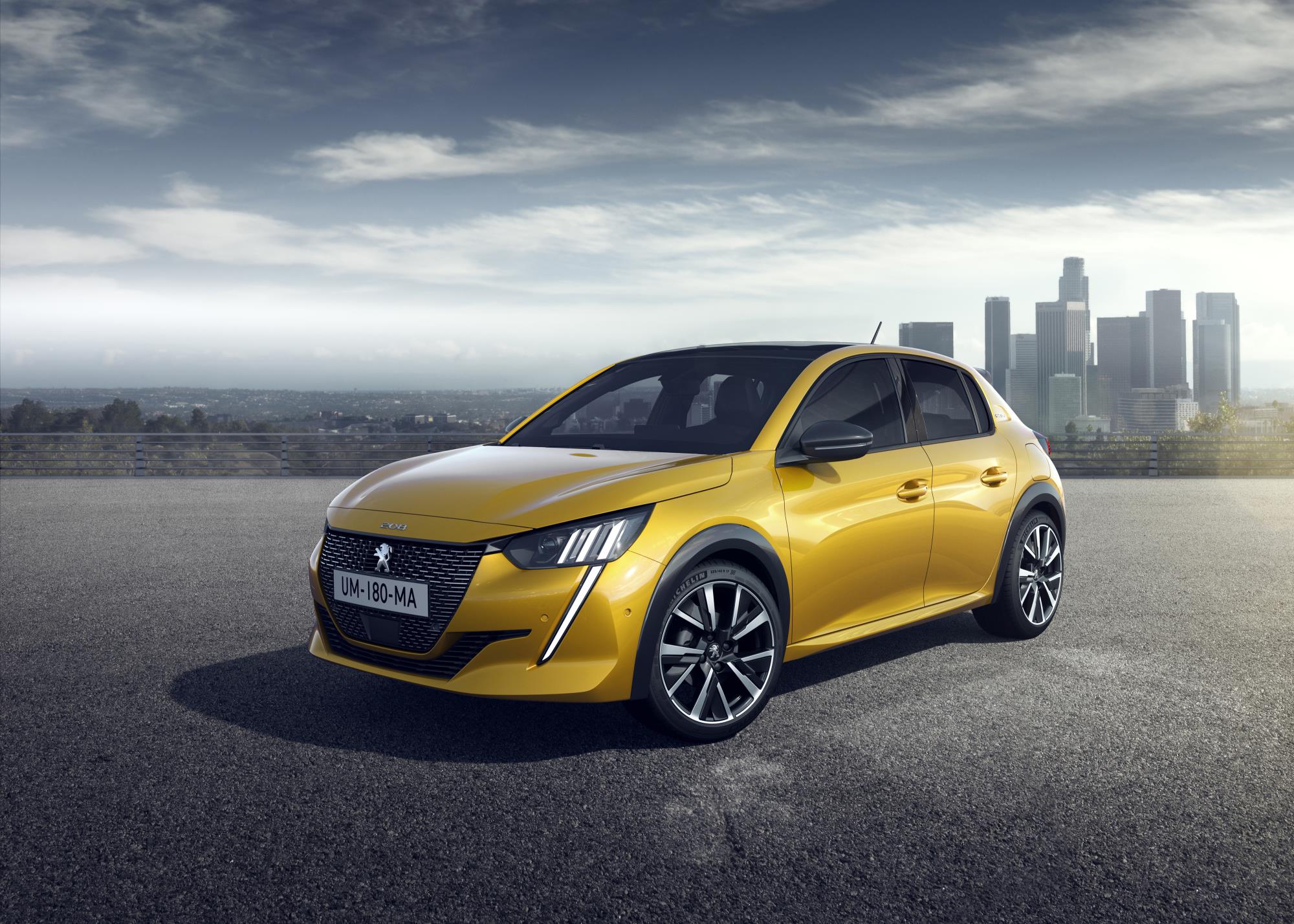
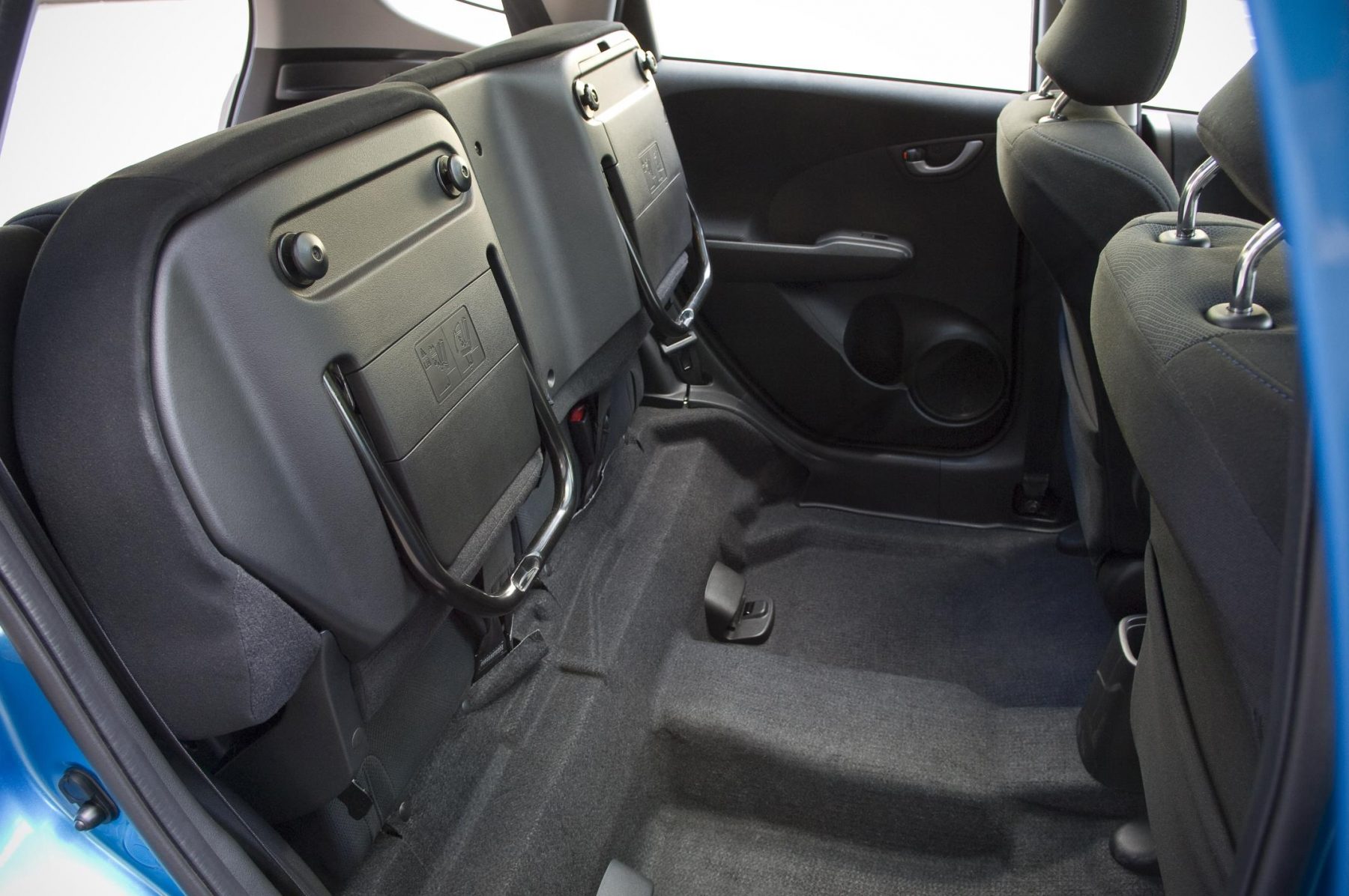
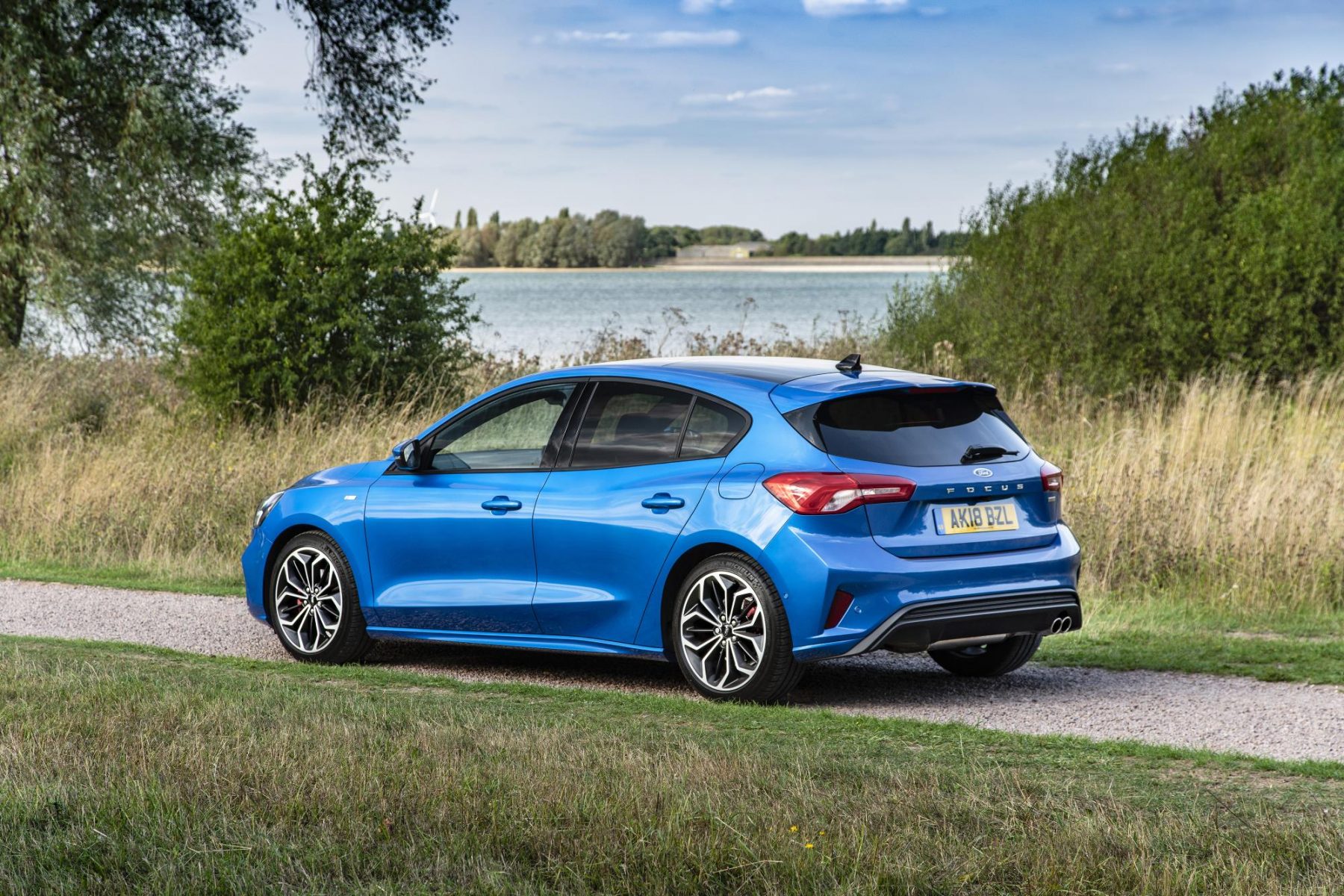

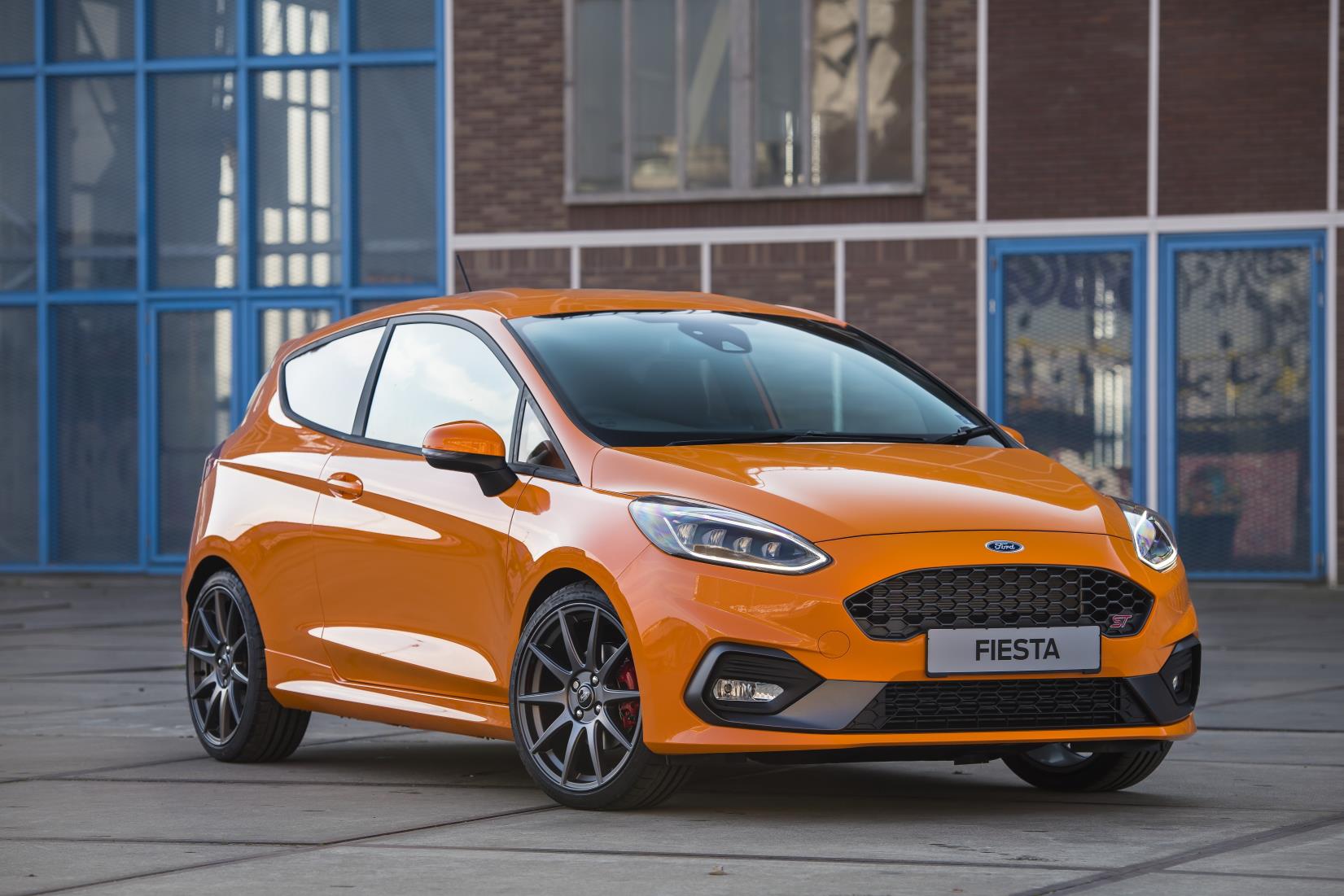
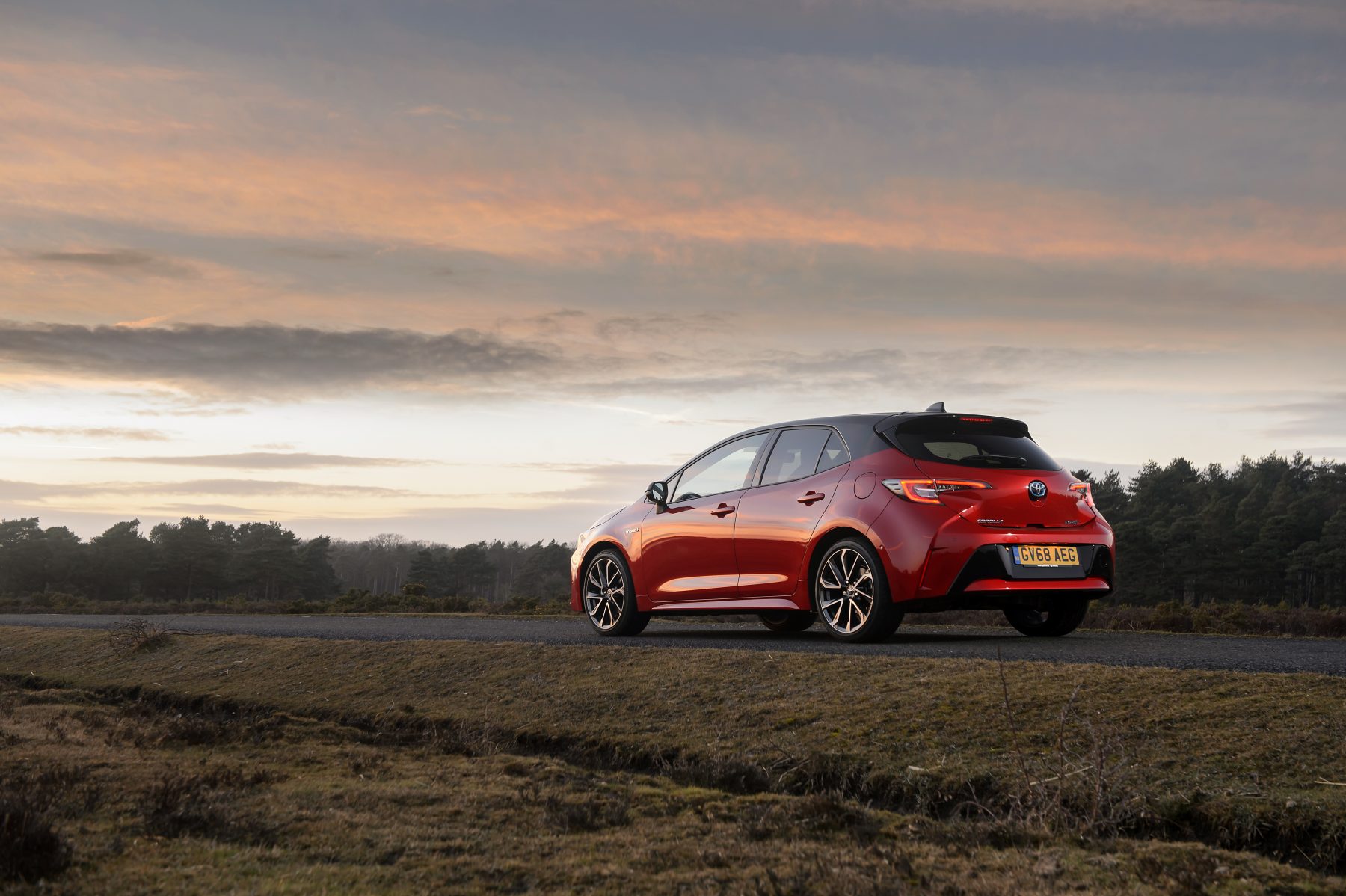
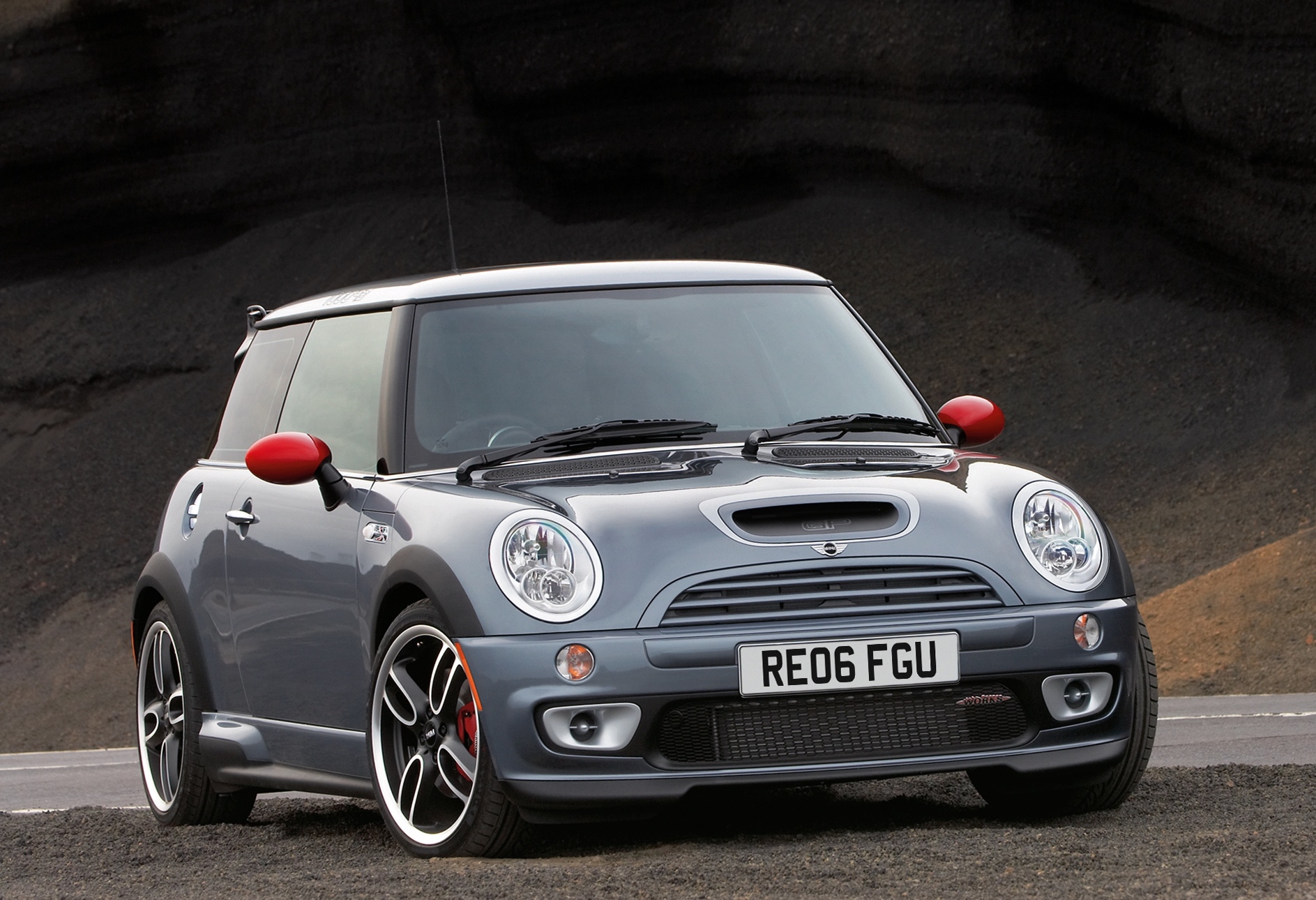
 The Pikes Peak International Hill Climb has long been a hotbed for some of the more unhinged vehicles on this earth, especially since the iconic mountain road was fully tarmacked ahead of the 2012 edition of the race.
The Pikes Peak International Hill Climb has long been a hotbed for some of the more unhinged vehicles on this earth, especially since the iconic mountain road was fully tarmacked ahead of the 2012 edition of the race. A four-wheel drive rallying Mini? Not such a unique thing, as we’ll discuss further down this list, but this is the most successful of them.
A four-wheel drive rallying Mini? Not such a unique thing, as we’ll discuss further down this list, but this is the most successful of them. The last of the MK1 BMW-built Minis featuring the potent supercharged 1.6-litre engine that powered all of this generation’s performance variants, the 2006 John Cooper Works GP is still one of the quickest as-standard hot Minis ever.
The last of the MK1 BMW-built Minis featuring the potent supercharged 1.6-litre engine that powered all of this generation’s performance variants, the 2006 John Cooper Works GP is still one of the quickest as-standard hot Minis ever.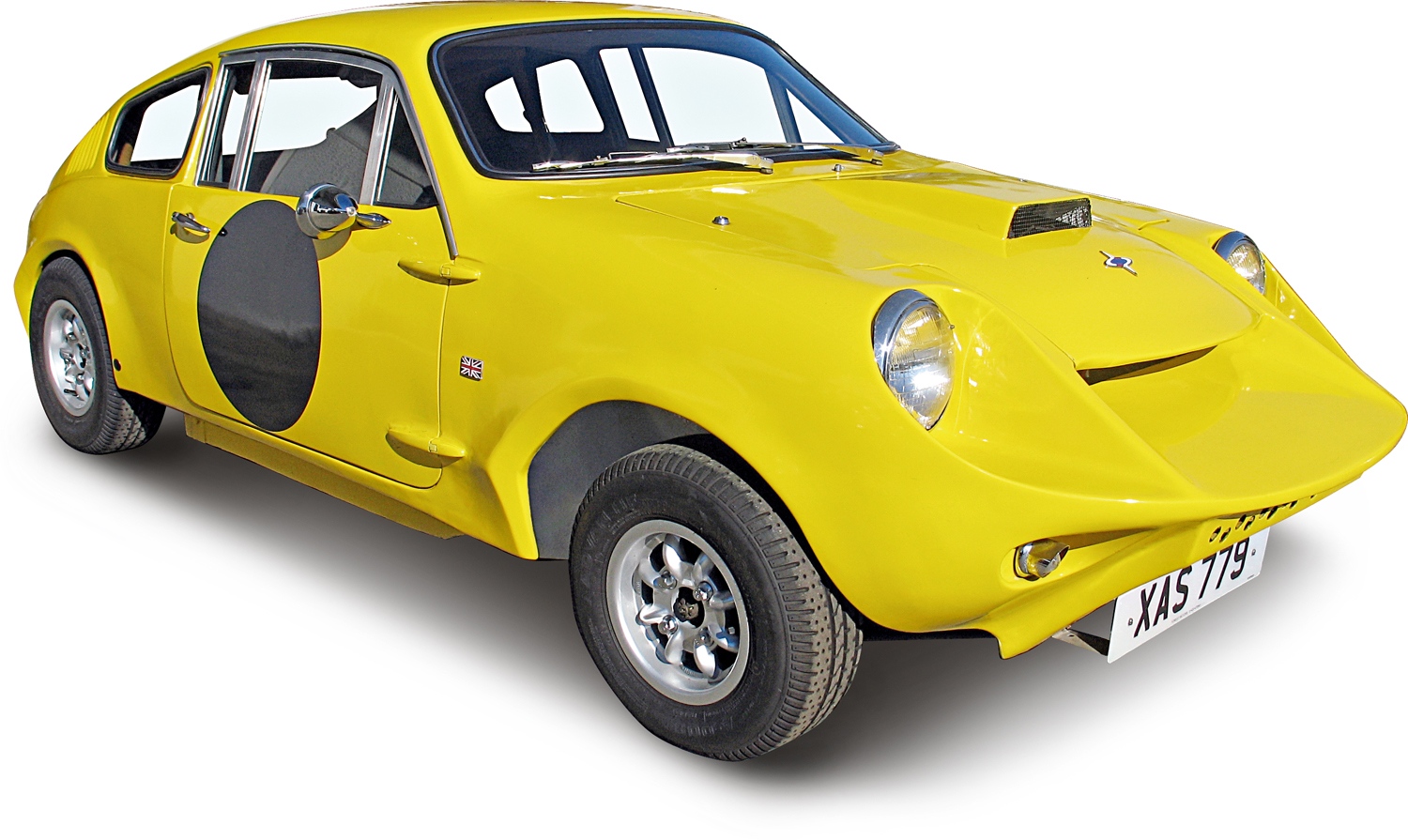 Based on the subframes and running gear from a Mini, the sweeping, petite Mini Marcos was a true sportscar underdog. As with the Marcos manufacturer as a whole, this car has a cult following in the UK and beyond.
Based on the subframes and running gear from a Mini, the sweeping, petite Mini Marcos was a true sportscar underdog. As with the Marcos manufacturer as a whole, this car has a cult following in the UK and beyond.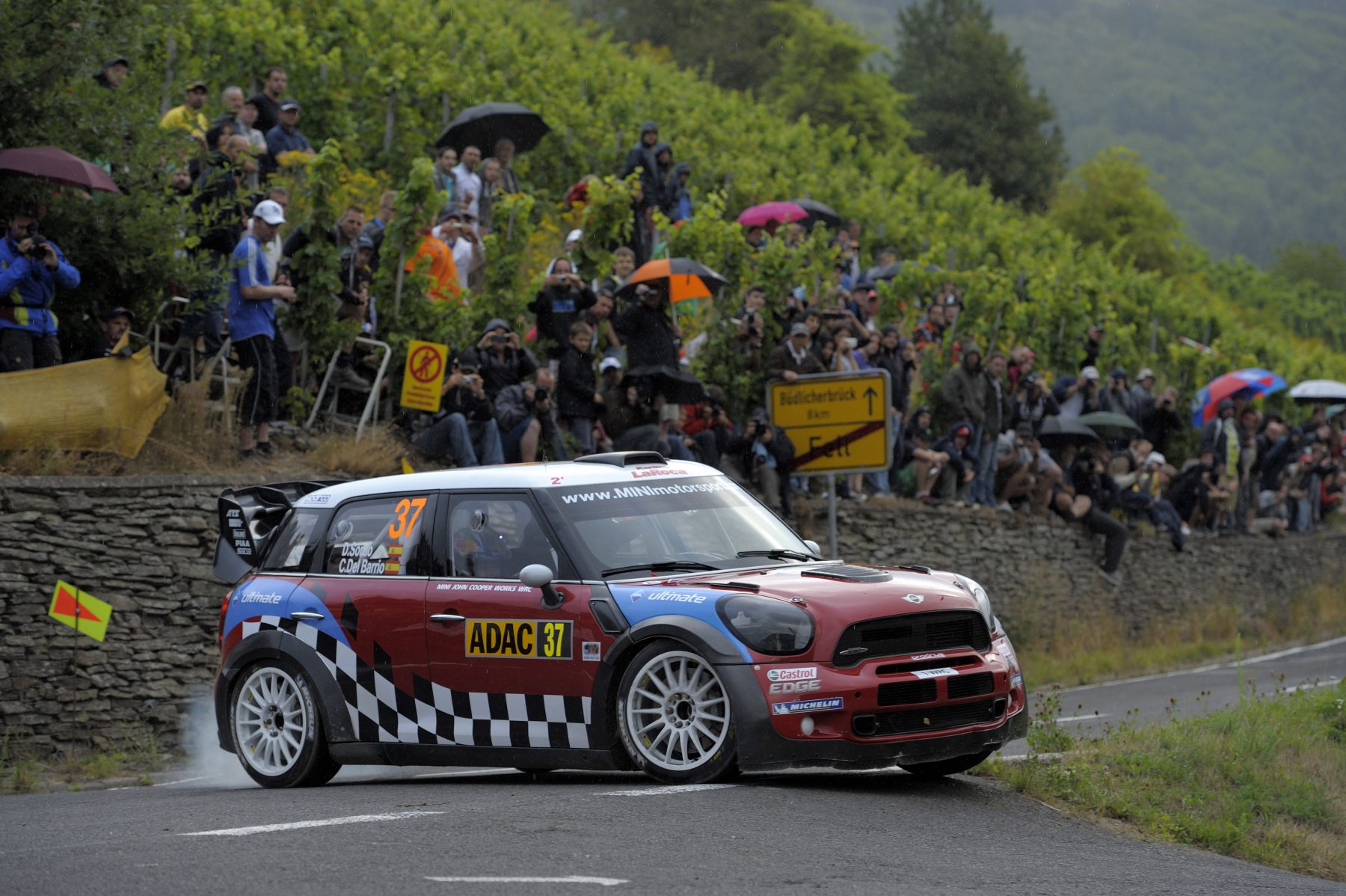 A sadly short-lived project, the Mini John Cooper Works Countryman WRC was built by rally experts Prodrive, who had previously been responsible for Subaru’s lineage of world-conquering Imprezas. The Countryman boasted all-wheel drive and nearly 300bhp.
A sadly short-lived project, the Mini John Cooper Works Countryman WRC was built by rally experts Prodrive, who had previously been responsible for Subaru’s lineage of world-conquering Imprezas. The Countryman boasted all-wheel drive and nearly 300bhp.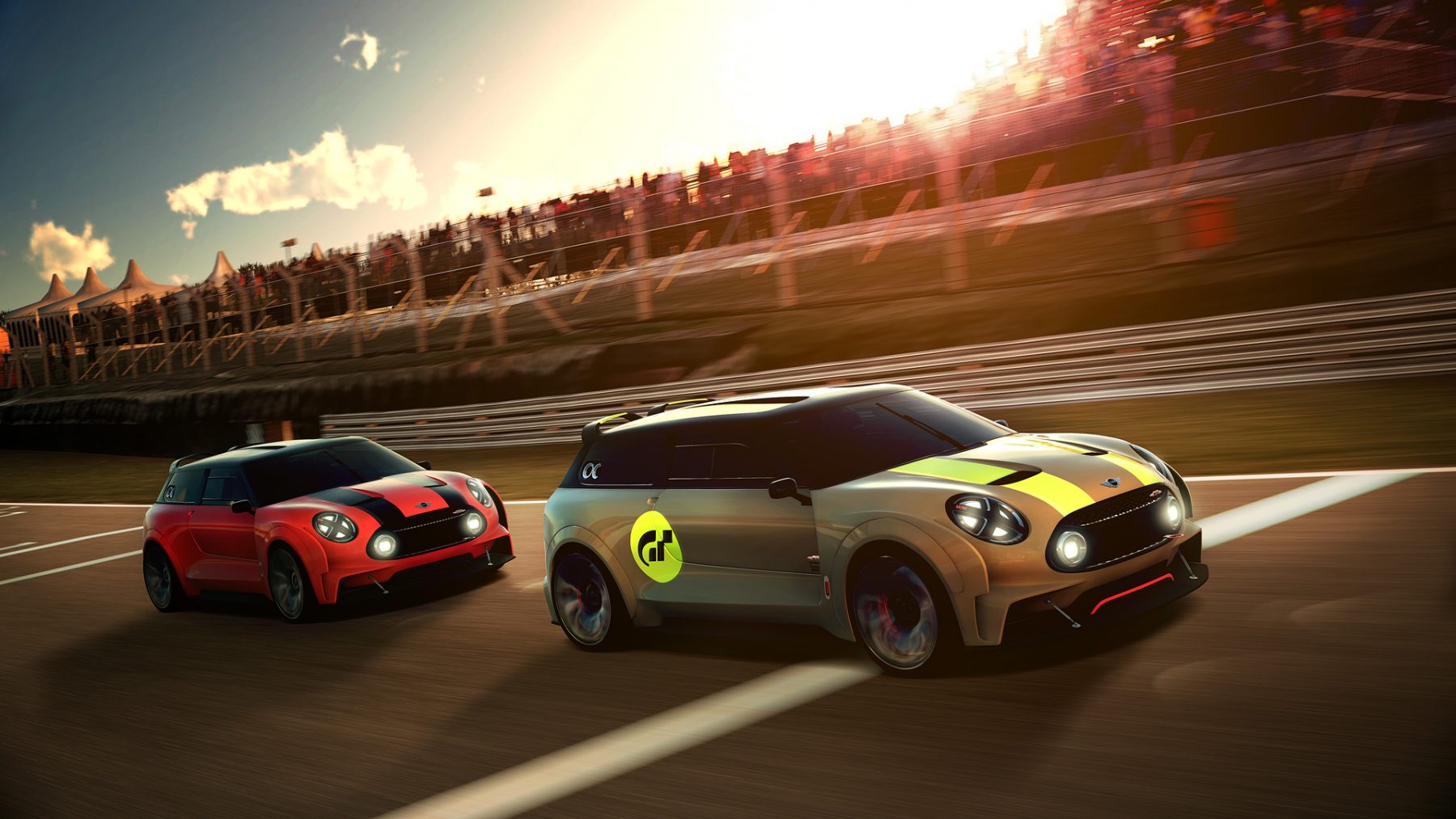 ‘Built’ in the virtual world for the Gran Turismo racing game, this is probably the closest thing we’ll ever see to a rival to the Ford Focus RS from the Mini brand.
‘Built’ in the virtual world for the Gran Turismo racing game, this is probably the closest thing we’ll ever see to a rival to the Ford Focus RS from the Mini brand.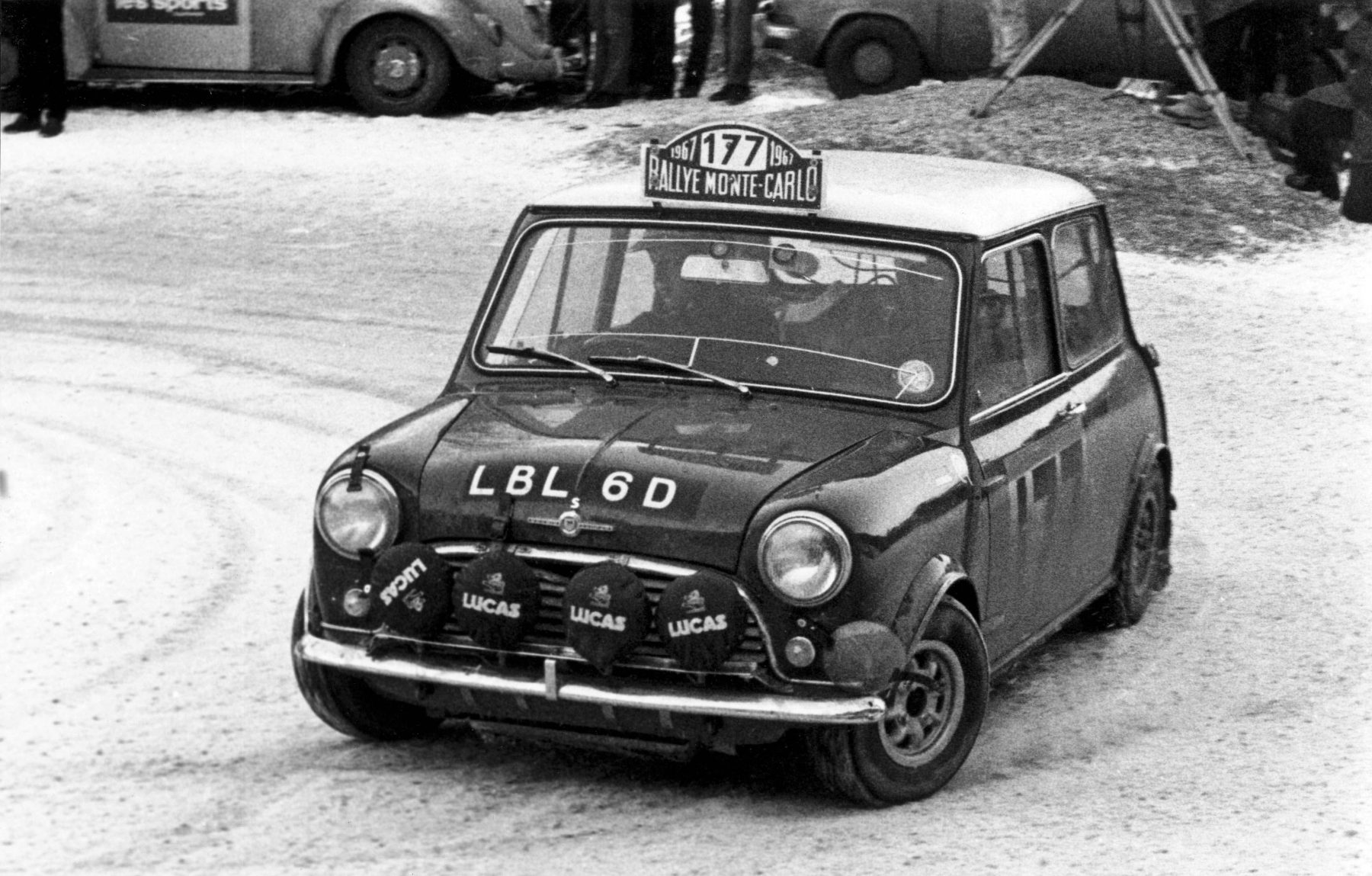 In the early days of rallying, before four-wheel drive cars were the norm, nimbleness and reliability were extremely important for rally cars, particularly at more challenging rallies such as the Monte Carlo.
In the early days of rallying, before four-wheel drive cars were the norm, nimbleness and reliability were extremely important for rally cars, particularly at more challenging rallies such as the Monte Carlo.